. 

Kashmiri women in mourning this month in Srinagar: photo by
Dar Yasin/Associated Press, 14 November 2016

Kashmiri women in mourning this month in Srinagar: photo by
Dar Yasin/Associated Press, 14 November 2016

Clashes between Kashmiri youths and security forces near Srinagar this month. The Kashmir police have counted 2,400 clashes since July: photo by Farooq Khan, European Pressphoto Agency, 14 November 2016

Clashes between Kashmiri youths and security forces near Srinagar this month. The Kashmir police have counted 2,400 clashes since July: photo by Farooq Khan, European Pressphoto Agency, 14 November 2016
Devotees whirl their heads as a ritualistic performance during the annual Jhiri Fair at Kanachack village, outskirts of Jammu, India: photo by Channi Anand/AP, 14 November 2016
Devotees whirl their heads as a ritualistic performance during the annual Jhiri Fair at Kanachack village, outskirts of Jammu, India: photo by Channi Anand/AP, 14 November 2016

#Yemen - A girl attends a parade held by women loyal to the #Houthis movement in #Sana’a By K. Abdullah @Reuters: image via Photojournalism @photojournalink, 13 September 2016
Citizens walk as the sun sets over the Mediterranean Sea on the seafront promenade in Beirut, Lebanon: photo by Hassan Ammar/AP, 14 November 2016
Citizens walk as the sun sets over the Mediterranean Sea on the seafront promenade in Beirut, Lebanon: photo by Hassan Ammar/AP, 14 November 2016
A girl who is fleeing the fighting between Islamic State and the Iraqi army in Mosul sits inside a bus at a Peshmerga checkpoint in Iraq: photo by Zohra Bensemra/Reuters, 14 November 2016
A girl who is fleeing the fighting between Islamic State and the
Iraqi army in Mosul sits inside a bus at a Peshmerga checkpoint in Iraq: photo by Zohra Bensemra/Reuters, 14 November 2016
The moon rises behind a car on the The Emirates Air Line (cable car) in London’s Docklands. Today the moon will orbit closer to the earth than at any time since 1948, named a ‘supermoon’, it is defined by a Full or New moon coinciding with the moon’s closest approach to the Earth.: photo by Glyn Kirk/AFP, 14 November 2016

The moon rises behind a car on the The Emirates Air Line (cable car) in London’s Docklands. Today the moon will orbit closer to the earth than at any time since 1948, named a ‘supermoon’, it is defined by a Full or New moon coinciding with the moon’s closest approach to the Earth.: photo by Glyn Kirk/AFP, 14 November 2016
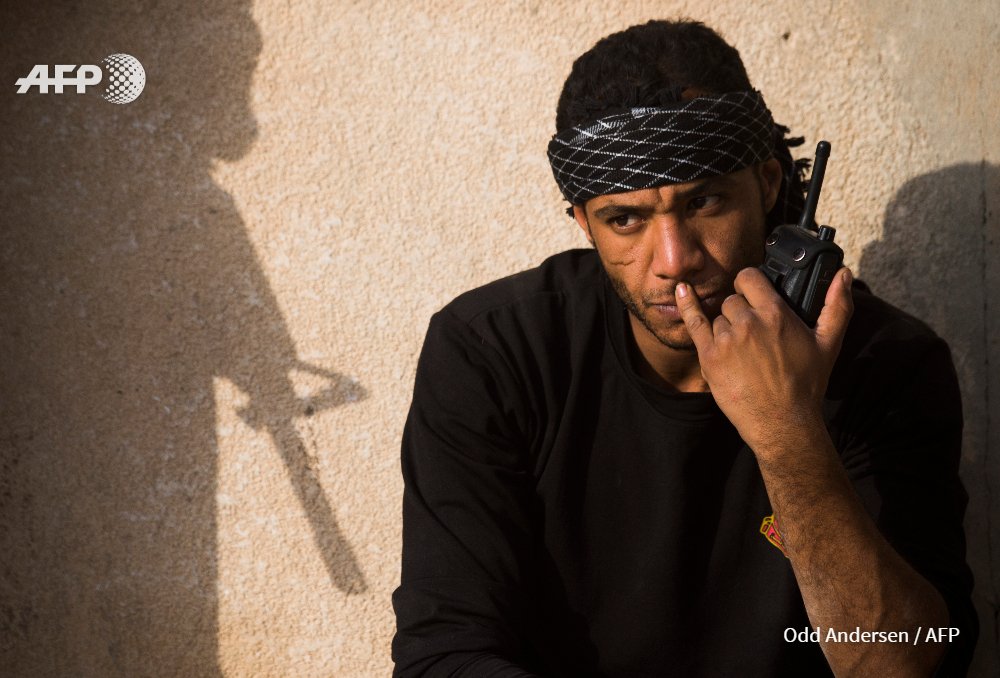

IRAQ - Shepherd watches over his sheep, their fleece blackened by smoke from burning oil wells set ablaze by IS near Qayyarah. By @azavallis: image via Frédérique Geffard @fgeffardAFP, 13 November 2016
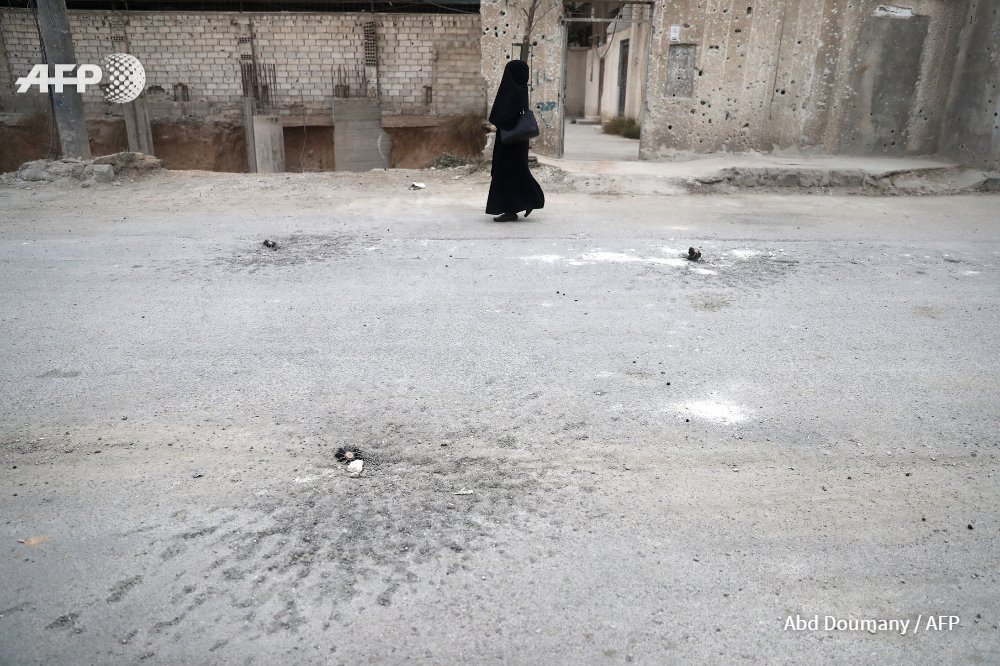
#syria A fully-veiled woman walks past unexploded mortar shells in Douma #Damascus #AFP Photo by @AbdDoumany: image via Frédérique Geffard @fgeffardAFP, 14 November 2016
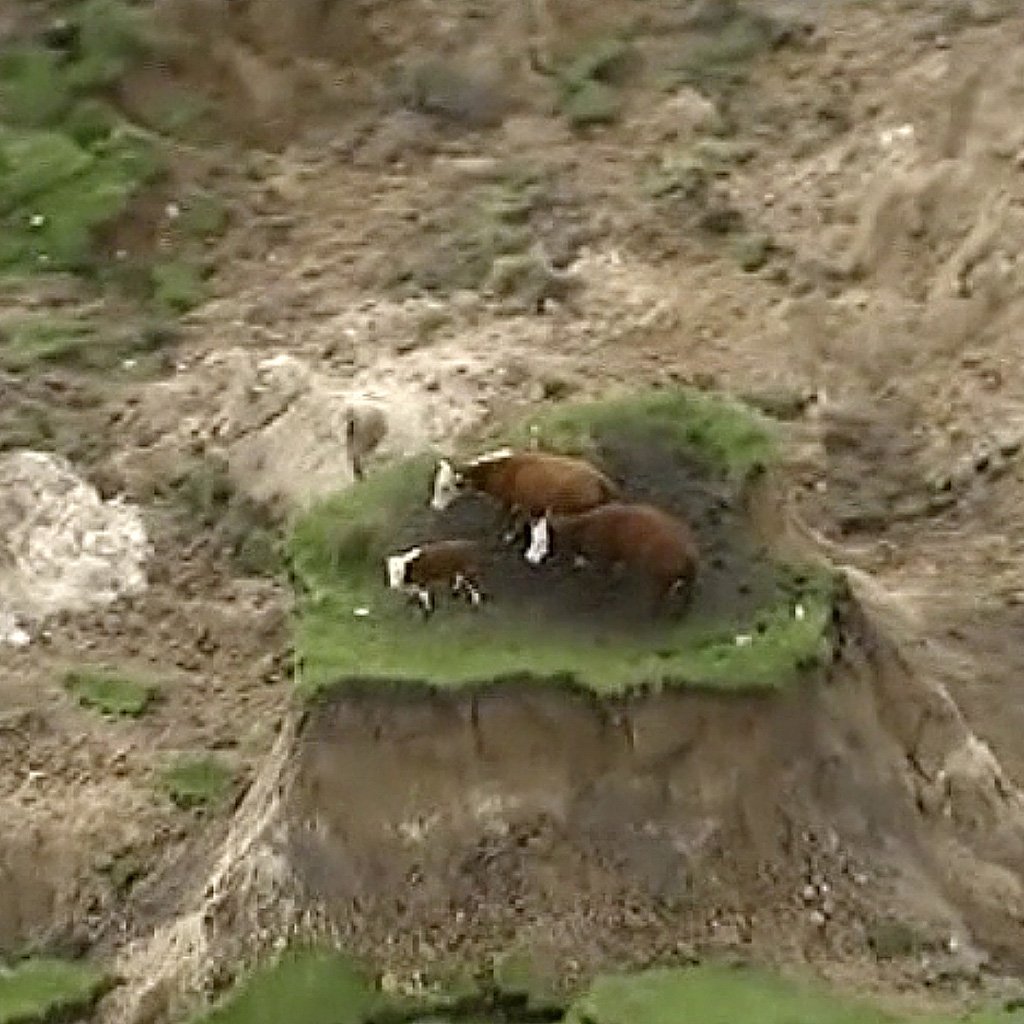
Yeni Zelanda'da biri 7.8, diğeri 6.3 büyüklüğünde iki deprem oldu. 3 inek çöken otlakta mahsur kaldı: image via BBC Türkce @bbcturkce, 14 November 2016
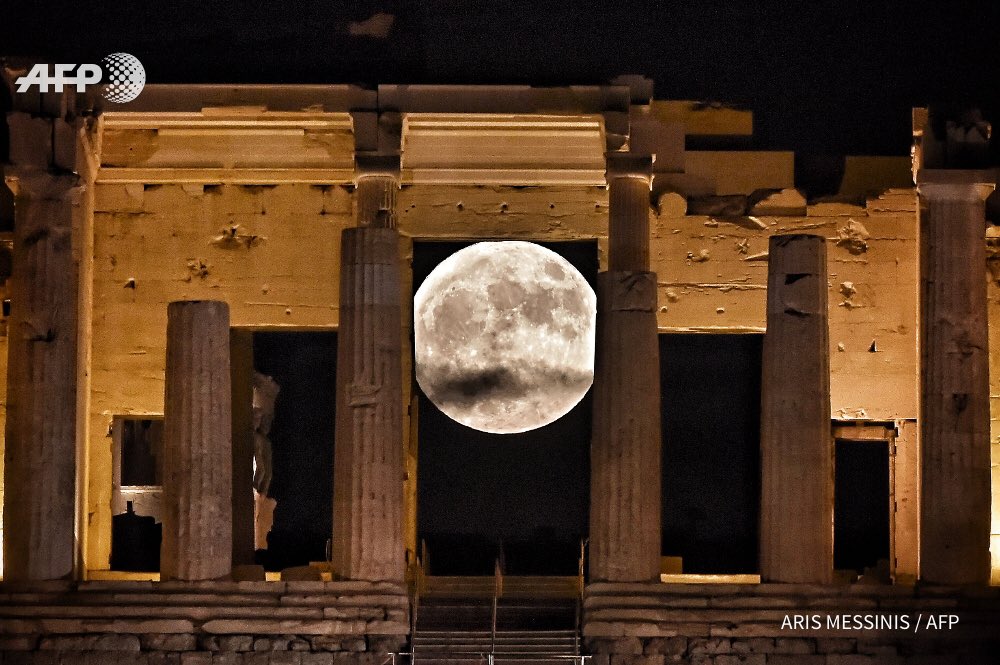
#supermoon2016 at the #Athens Acropolis. #Greece: image via Aris Messinis @ArisMessinis, 14 November 2016 Attiki, Greece
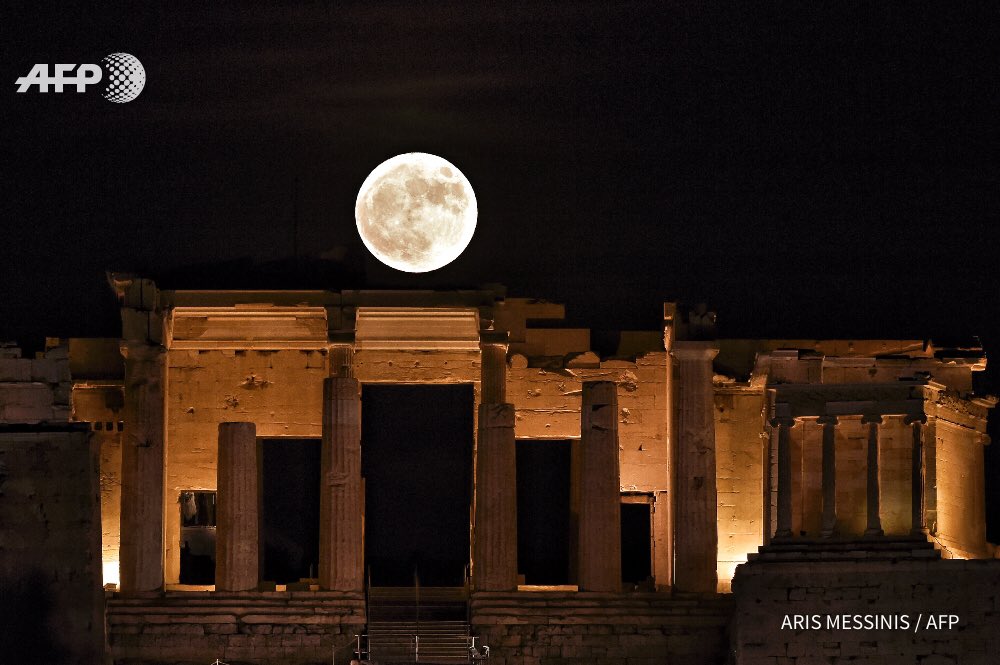
#supermoon2016 at the #Athens Acropolis. #Greece: image via Aris Messinis @ArisMessinis, 14 November 2016 Attiki, Greece
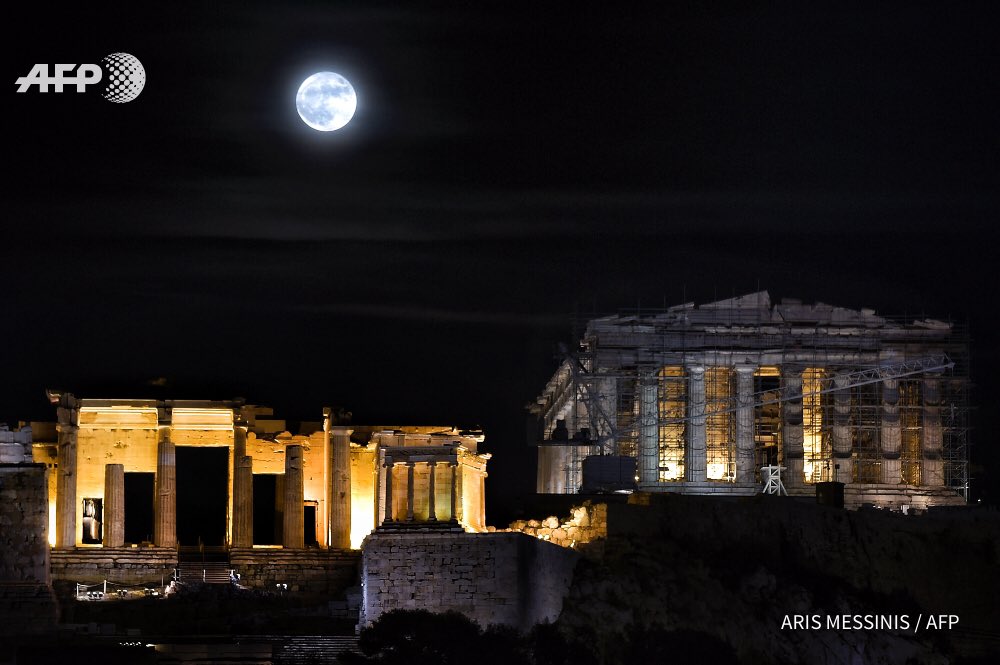
#supermoon2016 at the #Athens Acropolis. #Greece: image via Aris Messinis @ArisMessinis, 14 November 2016 Attiki, Greece

#Iraq The Battle for #Mosul photo by @yasinnakgul @AFPphoto: image via Photojournalism @photojournalink, 22 October 2016
Residents stand on a burnt house after a fire in the residential district of Addition Hills in Mandaluyong, Metro Manila: photo by Erik De Castro/Reuters, 14 November 2016

.

Syrian children ride a bicycle in the rebel-held town of Douma on the eastern outskirts of the capital Damascus. Douma, the largest town in the Eastern Ghouta area with more than 100,000 residents, is surrounded and regularly shelled by regime forces.: photo by Abd Doumany/AFP, 14 November 2016

Syrian children ride a bicycle in the rebel-held town of Douma on the eastern outskirts of the capital Damascus. Douma, the largest town in the Eastern Ghouta area with more than 100,000 residents, is surrounded and regularly shelled by regime forces.: photo by Abd Doumany/AFP, 14 November 2016

People look at a crater caused by a Saudi-led coalition air strike in the yard of a hospital operated by Medecins Sans Frontieres in the Abs district of Hajja province, Yemen. The airstrike reportedly killed 11 and wounded another 19 people.: photo by Abduljabbar Zeyad / Reuters, 16 August 2016
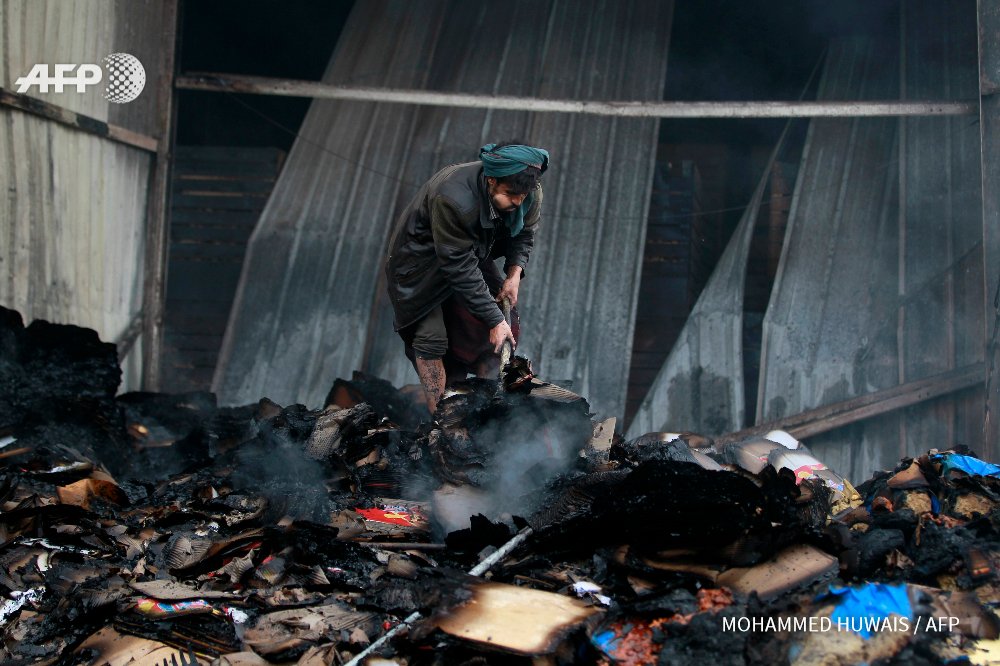
YEMEN - A man checks destruction at a food factory in Sanaa, after it was hit by coalition strike. By Mohammed Huwais: image via Frédérique Geffard @fgeffardAFP, 9 August 2016
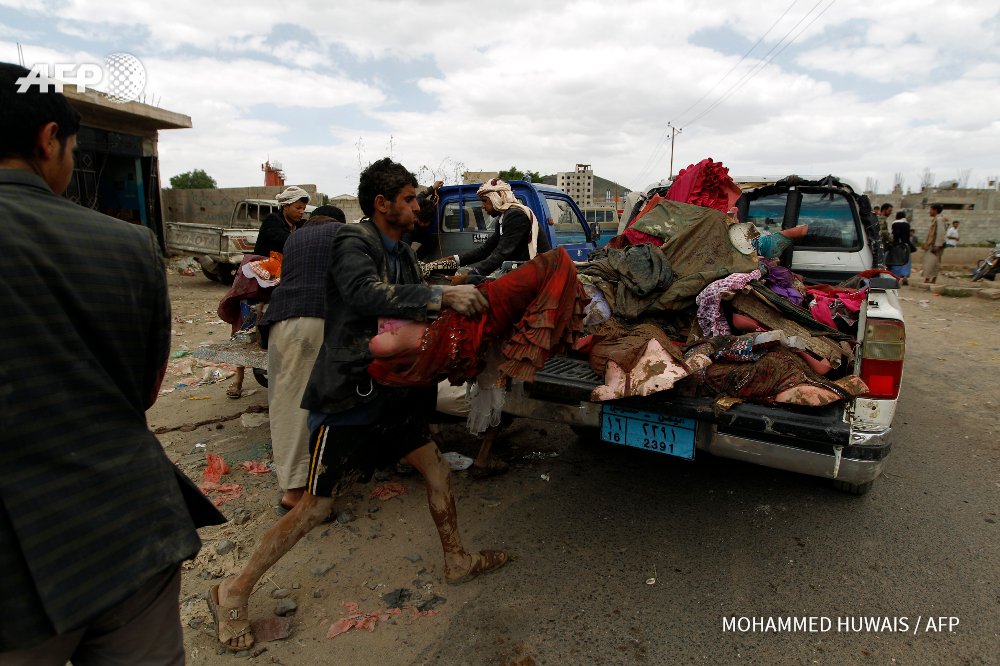
YEMEN - A man clears debris from the ruins of a building in Sanaa after an air strike. By Mohammed Huwais: image via Frédérique Geffard @fgeffardAFP, 29 August 2016
A Yemeni artist sprays graffiti on a wall in protest against the ongoing conflict and the worsening economic situation in the war-affected country, in Sanaa, Yemen: photo by Yahya Arhab/ EPA, 21 October 2016

A Yemeni artist sprays graffiti on a wall in protest against the ongoing conflict and the worsening economic situation in the war-affected country, in Sanaa, Yemen: photo by Yahya Arhab/ EPA, 21 October 2016
A Yemeni walks past graffiti protesting US drone operations in Yemen, few hours after a US drone attack on suspected al-Qaeda militants: photo by Yahya Arhab/EPA, 5 September 2016

A Yemeni walks past graffiti protesting US drone operations in Yemen, few hours after a US drone attack on suspected al-Qaeda militants: photo by Yahya Arhab/EPA, 5 September 2016
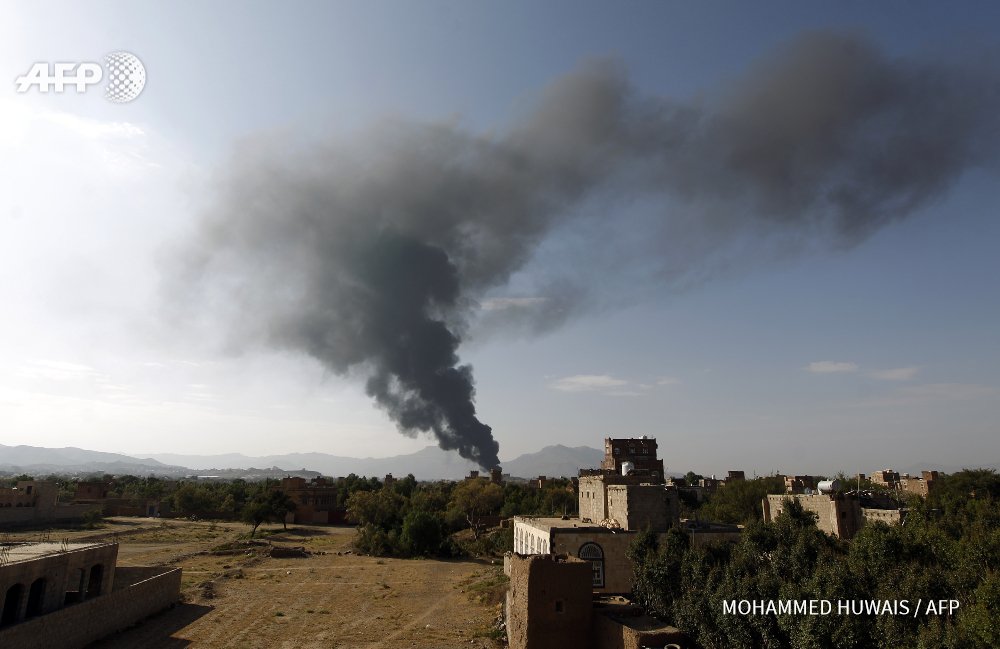
YEMEN - Smoke billows following a reported airstrike carried out by Saudi-led coalition in Sanaa. By Mohammed Huwais: image via Frédérique Geffard @fgeffardAFP, 14 September 2016

A medic attends to a man wounded in airstrikes in Yemen on Sunday: photo by Abduljabbar Zeyad/Reuters, 2 November 2016

.
A medic attends to a man wounded in airstrikes in Yemen on Sunday: photo by Abduljabbar Zeyad/Reuters, 2 November 2016
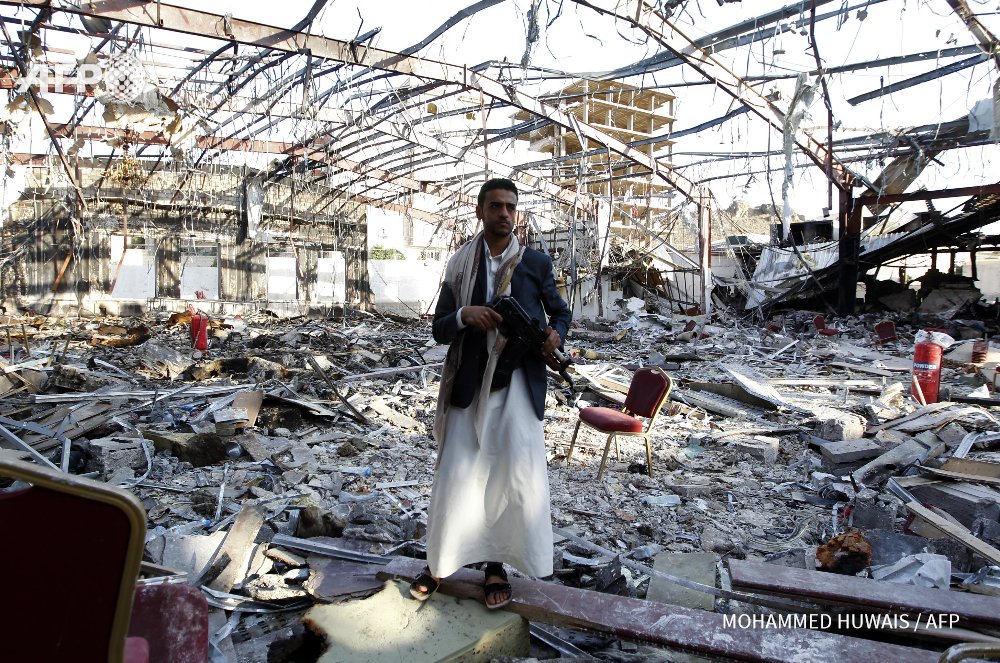
YEMEN - A man stands at the site of an air raid on a funeral ceremony that killed 140 people and wounded 525. By Mohammed Huwais #AFP: image via Frédérique Geffard @fgeffardAFP, 24 October 2016

Hillary Clinton walks to a podium on Monday at the airport in White Plains, where she discussed the bombings in New York and New Jersey. “I’ve been clear, we’re going after the bad guys and we’re going to get them,” she said.: photo by Stephen Crowley/The New York Times, 23 September 2016

Hillary Clinton walks to a podium on Monday at the airport in White Plains, where she discussed the bombings in New York and New Jersey. “I’ve been clear, we’re going after the bad guys and we’re going to get them,” she said.: photo by Stephen Crowley/The New York Times, 23 September 2016

A man stands among the remains of a factory after airstrikes by the Saudi-led coalition in Hodeida, Yemen, on Thursday. The airstrikes killed 18 civilians, a Yemeni official said.: photo by Hani Mohammed/Associated Press, 23 September 2016

A man stands among the remains of a factory after airstrikes by the Saudi-led coalition in Hodeida, Yemen, on Thursday. The airstrikes killed 18 civilians, a Yemeni official said.: photo by Hani Mohammed/Associated Press, 23 September 2016

A house in Sana destroyed by a Saudi-led coalition airstrike last year: photo by Yahya Arhab/European Pressphoto Agency, 15 October 2016

A house in Sana destroyed by a Saudi-led coalition airstrike last year: photo by Yahya Arhab/European Pressphoto Agency, 15 October 2016

Houthi fighters in Sana last year: photo by Tyler Hicks/The New York Times, 15 October 2016
 .
.
Houthi fighters in Sana last year: photo by Tyler Hicks/The New York Times, 15 October 2016
An armed woman loyal to the Houthi movement holds a rifle as she takes part in a parade to show support for the movement in Sanaa, Yemen: photo by Khaled Abdullah/Reuters, 6 September 2016
 .
.
An armed woman loyal to the Houthi movement holds a rifle as she takes part in a parade to show support for the movement in Sanaa, Yemen: photo by Khaled Abdullah/Reuters, 6 September 2016
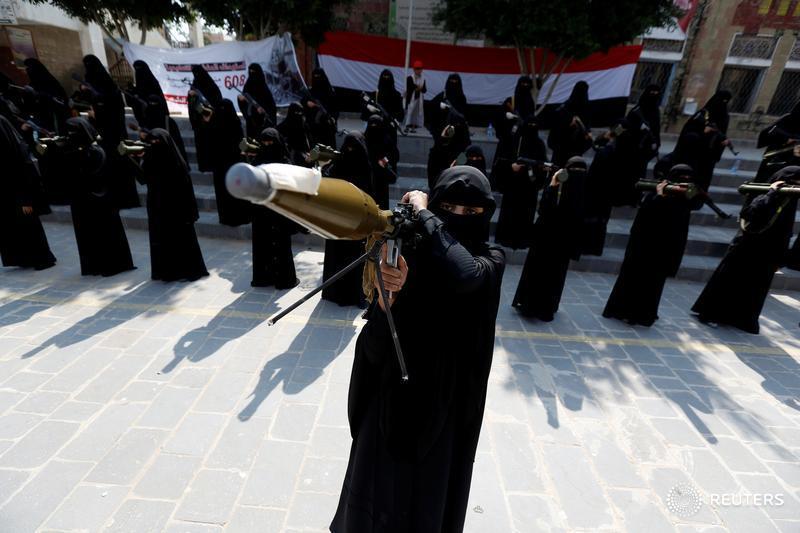
Armed women loyal to Yemen's Houthi brandish weapons during a parade in Sanaa: image via Reuters Pictures @reuterspictures, 6 September 2016
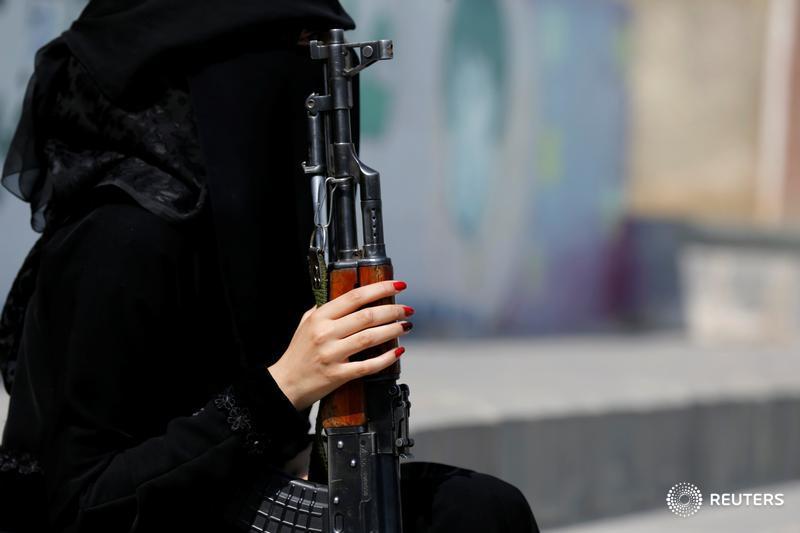
Armed women loyal to Yemen's Houthi brandish weapons during a parade in Sanaa: image via Reuters Pictures @reuterspictures, 6 September 2016
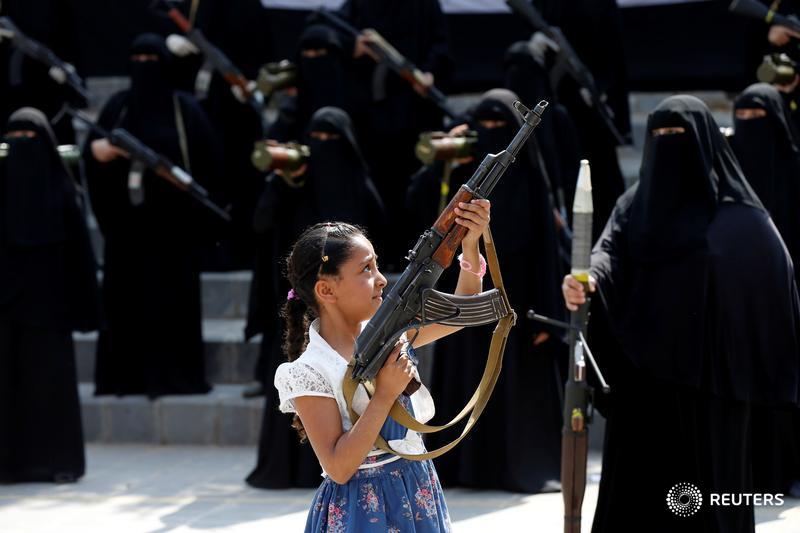
Armed women loyal to Yemen's Houthi brandish weapons during a parade in Sanaa: image via Reuters Pictures @reuterspictures, 6 September 2016
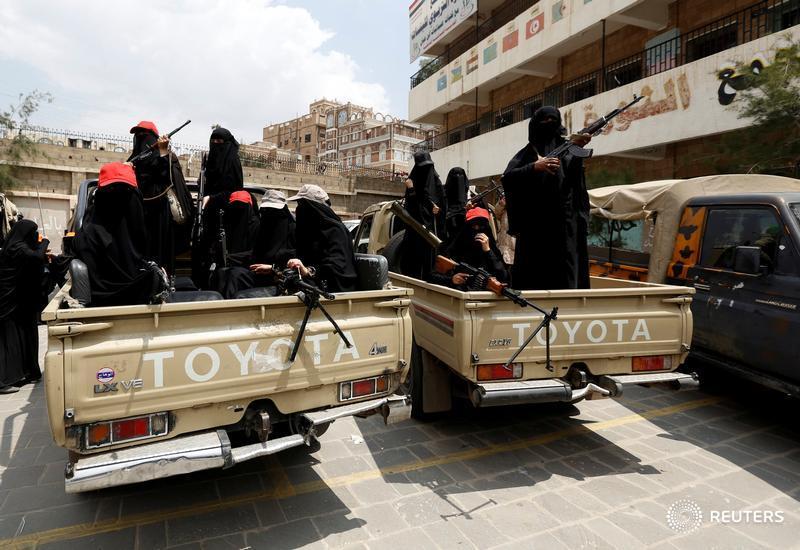

A funeral home in Sana bombed last week: photo by Yahya Arhab/European Pressphoto Agency, 15 October 2016

A funeral home in Sana bombed last week: photo by Yahya Arhab/European Pressphoto Agency, 15 October 2016

Food packages in Sana in December: photo by Yahya Arhab/European Pressphoto Agency, 15 October 2016

Food packages in Sana in December: photo by Yahya Arhab/European Pressphoto Agency, 15 October 2016

Saudi's Explosive Christmas Gifts from Hillary Clinton: Medea Benjamin, CodePink co-founder and Rebecca Green, CodePink D.C. office coordinator, Code Pink, 3 March 2016
On Christmas Eve in 2011, Hillary Clinton and her closest aides celebrated a $29.4 billion sale of over 80 F-15 fighter jets, manufactured by U.S.-based Boeing Corporation, to Saudi Arabia. In a chain of enthusiastic emails, an aide exclaimed that it was “not a bad Christmas present.”
These are the very fighter jets the Saudis have been using to intervene in the internal affairs of Yemen since March 2015. A year later, at least 2,800 Yemeni civilians have been killed, mostly by airstrikes -- and there is no end in sight. The indiscriminate Saudi strikes have killed journalists and ambulance drivers. They have hit the Chamber of Commerce, facilities supported by Médecins Sans Frontières (also known as Doctors Without Borders), a wedding hall, and a center for the blind. The attacks have also targeted ancient heritage sites in Yemen. International human rights organizations are saying that the Saudi-led strikes on Yemen may amount to war crimes.
During her tenure as Secretary of State, Hillary Clinton made weapons transfers to the Saudi government a “top priority,” according to a new report published in The Intercept. While Clinton’s State Department was deeply invested in getting weapons to Saudi Arabia, the Clinton Foundation accepted millions of dollars in donations from both the Kingdom of Saudi Arabia and the weapons manufacturer Boeing. Christmas presents were being gifted all around.
Despite the brutal attacks on Yemen and egregious domestic human rights violations, Saudi Arabia remains the number one U.S. ally in the Arab world. While the original U.S. interest was to secure Saudi’s vast oil reserves, today only 10% of oil used in the United States comes from the Kingdom. U.S. dependence on Saudi oil has been superseded by U.S. dependence on weapons sales. The most recent Saudi weapons deal was made in November 2015, a deal worth $1.29 billion that included 22,000 smart and general purpose bombs, and over 5,000 Joint Direct Attack Munitions kits to convert older bombs into precision-guided weapons using GPS signals. The Pentagon’s Defense Security Cooperation Agency justified the sales, saying they helped “sustain strong military-to-military relationships between the United States and Saudi Arabia.”
It’s hard to exaggerate the enormity and high-tech nature of Saudi weapons purchases; the sales in the decade of 2010 constitute the most enormous military sales in history. According to a White House press release in 2014, “The Kingdom of Saudi Arabia is the largest U.S. Foreign Military Sales customer, with active and open cases valued at approximately $97 billion, as Saudi forces build capabilities across the full spectrum of regional challenges.” The weapons include F-15 bombers, Apache and Blackhawk helicopters, missile defense systems, missiles, bombs, armored vehicles, and related equipment and services. Weapons manufacturers such as Boeing, Raytheon, Lockheed Martin, General Dynamics and McDonnell Douglas have been unapologetically pushing these sales to offset military spending cuts in the United States and Europe.
While the U.S. government continues to provide massive amounts of weapons to Saudi, on February 25 the European Union took the extraordinary step of voting for an EU-wide arms embargo to Saudi Arabia; while non-binding, it is a powerful statement that will put pressure on all European governments.
Already, government committees in England have urged Prime Minister David Cameron to suspend arms sales to Saudi Arabia; Germany has pledged to review all future arms sales to the Kingdom; and in Belgium the government has denied an export license to ship weapons to the country. Canadian activists are also pressuring their government in light of Canada’s $15 billion transaction with Riyadh for weaponized armored vehicles, the biggest manufacturing export deal ever struck in Canada.

A Yemeni man covered a charred body in what was left of a building destroyed by airstrikes on Saturday: photo by Mohammed Huwais/Agence France-Presse, 8 October 2016

A Yemeni man covered a charred body in what was left of a building destroyed by airstrikes on Saturday: photo by Mohammed Huwais/Agence France-Presse, 8 October 2016

The destruction on Saturday after Saudi-led air strikes in Sana, Yemen. The city’s hospitals were so overwhelmed that the Health Ministry broadcast pleas on radio stations to summon off-duty doctors to help.: photo by. Mohammed Huwais/Agence France-Presse, 8 October 2016

The destruction on Saturday after Saudi-led air strikes in Sana, Yemen. The city’s hospitals were so overwhelmed that the Health Ministry broadcast pleas on radio stations to summon off-duty doctors to help.: photo by. Mohammed Huwais/Agence France-Presse, 8 October 2016
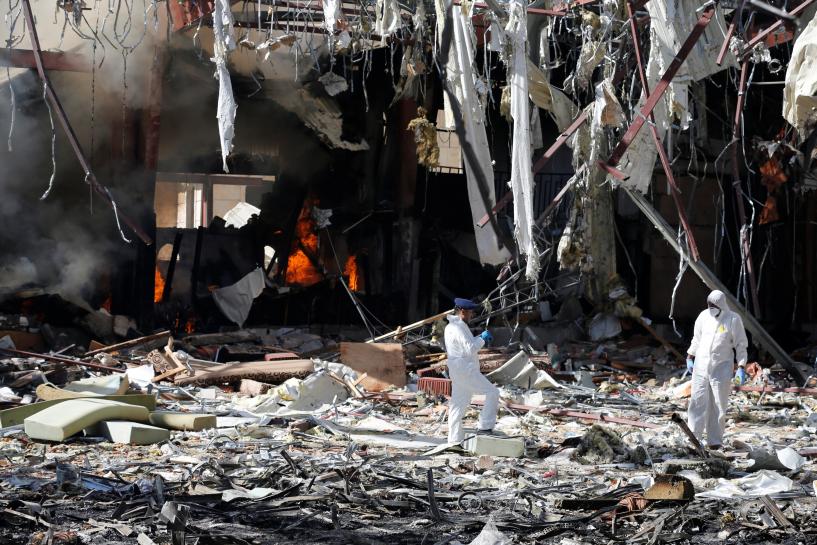
Yemen ex-president urges attack on Saudi Arabia after air strike: image via Reuters Top News @Reuters, 9 October 2016



A camp of displaced Yemenis in the town of Khamer last month. International groups have struggled to get them aid.: photo by Tyler Hicks/The New York Times, 13 November 2016

A camp of displaced Yemenis in the town of Khamer last month. International groups have struggled to get them aid.: photo by Tyler Hicks/The New York Times, 13 November 2016

A patient at Al-Salam Hospital in Amran, Yemen. The effects of the war are seen everywhere in the country.: photo by Tyler Hicks/The New York Times, 13 November 2016

A patient at Al-Salam Hospital in Amran, Yemen. The effects of the war are seen everywhere in the country.: photo by Tyler Hicks/The New York Times, 13 November 2016

Yemeni refugees in Khamer, northwest of the capital, Sana: photo by Tyler Hicks/The New York Times, 13 November 2016

Yemeni refugees in Khamer, northwest of the capital, Sana: photo by Tyler Hicks/The New York Times, 13 November 2016

The ancient hilltop town of Kawkaban, a draw for tourists and Yemeni families before it was bombed: photo by Tyler Hicks/The New York Times, 13 November 2016

The ancient hilltop town of Kawkaban, a draw for tourists and Yemeni families before it was bombed: photo by Tyler Hicks/The New York Times, 13 November 2016

The American-made CBU 58A/B, the cluster bomb that struck the neighborhood in Sanaa, Yemen, contains about 650 bomblets. Its remnants are now at a police compound.: photo by Sudarsan Raghavan/The Washington Post, 10 July 2016
At that moment, a warplane from a coalition led by Saudi Arabia dropped an American-made cluster bomb over their densely packed enclave. The device, banned by scores of countries but not the United States or Saudi Arabia, sent explosive spheres the size of baseballs raining down.
The civil servant miraculously escaped death. The bakery worker was severely injured.
The United States is playing a quiet but lethal role in the killing and wounding of thousands of civilians in Yemen's civil war. In recent years, Saudi Arabia has purchased U.S. fighter jets and other American-made weapons in deals worth billions of dollars, and the Pentagon has provided the coalition with training, aerial refueling support and intelligence as it attacks targets in Yemen.
White House press secretary Josh Earnest has defended the Obama administration’s backing of Saudi Arabia and the other members of the coalition, calling them “effective national security partners.”
In late May, though, reports surfaced that the White House had quietly blocked the transfer of more cluster bombs to Riyadh in apparent concern about the humanitarian toll. But Congress last month voted to continue selling the weapons to the kingdom, citing a desire not to “stigmatize” the munitions. In any case, the Saudis are widely believed to possess significant amounts of cluster munitions, including some manufactured by Britain, according to human rights groups and military analysts.
Washington’s support has had unintended consequences. In a nation that is a front line in the war against terrorism, animosity toward the United States has increased.
On that Jan. 6 morning, the cluster bomb tore apart a community, and its victims are still grappling with the fallout.
“No one knows why our area was targeted,” Taher al-Khadami, the imam of the mosque, said on a recent day.
He pointed at a spot on the ground inside the mosque, steps away from the gate.
That’s where he found Essa al-Furasi. The lanky teen loved soccer so much that he wore a T-shirt emblazoned with the logo of his favorite team, Real Madrid, to sunrise prayer. As he entered the compound, shrapnel pierced the gate and struck his back and sides.
“We heard the explosions, and when we came out Essa was lying on the ground,” the imam recalled. “I carried his body to the car. I felt the blood coming out, but he was still breathing.”
Essa died upon arriving at the hospital.
A few blocks away in a poor area with crumbling buildings, fragments of the cluster bomb tore through the corrugated tin roof of Shakir Ghaleb Ahmad’s attic apartment.
“I woke up and saw blood all over me,” the bakery worker recalled.
Asleep in another room, his 3-year-old daughter and wife escaped harm.
Ahmad spent the next 15 days in a hospital bed after doctors removed the shrapnel that punctured his liver and lungs.
About a mile from the mosque, a large piece of the bomb struck the roof of a building next to Abdul Sabra’s house and dropped into his yard, shattering his windows. Months later, his voice still shook as he remembered that morning.
“All the glass fell on me and my wife,” the civil servant said. “It was as if Judgment Day had arrived.”
The bomb injured two more people, set 20 cars on fire and damaged 26 homes, according to police. In interviews, residents said there were no military fortifications, strategic buildings, or army units in their area.
“If the bomb had dropped around the time children were heading to school, it would have been a great catastrophe,” said Gen. Ahmed Abdullah al-Tahiri, the area’s police commander.
“These are the gifts of Saudi Arabia and America,” he declared as he looked at the remnants of the bomb that were being stored in his unit’s compound.
Cluster bombs have been deployed in conflicts including those in Vietnam, Iraq, Syria and Libya. So far, 119 nations have joined an international convention adopted in 2008 to ban their use.
The cluster bomb that struck the neighborhood in Sanaa was a CBU 58A/B, which contains about 650 bomblets in its dispenser. The markings on the body show that it was made in 1978 at the Milan Army Ammunition Plant in Tennessee, according to the watchdog group Human Rights Watch.
Saudi military spokesman Brig. Gen. Ahmed al-Asiri alleged that Yemen’s Houthi rebels fabricate munitions to resemble cluster bombs.
Saudi Arabia intervened in the war after the Shiite rebels ousted Yemen’s U.S.- and Saudi-backed government last year. The rebels are widely thought to be backed by Iran, Saudi Arabia’s rival in the region.
As the Obama administration signed a nuclear agreement with Iran last year, triggering Saudi concerns, U.S. support in Yemen reassured the kingdom of their long-standing ties.
On the streets of Sanaa, anti-American slogans are plastered on walls and billboards.
Graffiti depict U.S. bombs, missiles and fighter jets killing Yemenis.
Since the war erupted in March 2015, American-made cluster munitions have been dropped on or near civilian populations at least seven times, according to human rights groups.
Other American-supplied bombs have also targeted civilians. In March, two airstrikes killed at least 97 civilians, including 25 children, in a crowded market in the northwestern village of Mastaba, about 28 miles from the Saudi border.
Human Rights Watch investigators reported finding remnants of a satellite-guided bomb made up of American-supplied explosives and other U.S. parts.
Some victims of that attack remain hospitalized in hospitals in Sanaa and other cities.
“I can’t afford to pay for my marriage,” said Asir, his leg in a cast.
He was staying in a cheap hotel waiting for a fourth operation.
Sabra wants an explanation.
The irony, he said, is that he always liked the United States and its principles of democracy and human rights. Before the war, he rented out his villa to American tenants. He never joined those who chant “Death to America” in protests organized by the Houthis who now rule the capital.
Now, Sabra is angry.
“Of course, we are upset when a cluster bomb hits our house,” he said. “This is not a military base. Where is the human rights?”
Ahmad no longer works at the bakery. Pieces of shrapnel are still embedded in his body.
He takes painkillers daily.
“I can’t sit up straight,” he said. “I can’t even carry my daughter.”
Out of sympathy, his landlord reduced his rent, but the holes in the roof have not been fixed. Ahmad still has to borrow money from relatives and friends to pay the lesser sum.
“What have I done to Saudi Arabia and America?” he demanded. “I am sad and angry.”
Since Essa was killed, his father has been unable to sleep.
When his brother goes to his shop, there’s an emptiness because Essa is no longer there after school. “I feel like a part of my body has been lost,” Nidal al-Furasi said.
The teenager was buried in a cemetery near his family’s home. But even here he is unprotected.
Whenever it rains, the water floods his grave.

A man stands on a balcony of a building in Madrid as the moon rises in background: photo by Gerard Julien / AFP, 13 November 2016

A man stands on a balcony of a building in Madrid as the moon rises in background: photo by Gerard Julien / AFP, 13 November 2016

An extra-super super moon rises over El Segundo early Sunday evening. Tonight’s full moon appears bigger and brighter in the night sky than it has in nearly 70 years.: photo by Genaro Molina / Los Angeles Times, 13 November 2016

An extra-super super moon rises over El Segundo early Sunday evening. Tonight’s full moon appears bigger and brighter in the night sky than it has in nearly 70 years.: photo by Genaro Molina / Los Angeles Times, 13 November 2016

View of the church of Our Lady of Conception, with the moon during the brighter full moon phenomenon, when the moon will be closest to the earth in the past 70 years, in Vila Pouca de Aguiar, Northern Portugal: photo by Pedro Sarmento Costa / EPA, 13 November 2016

View of the church of Our Lady of Conception, with the moon during the brighter full moon phenomenon, when the moon will be closest to the earth in the past 70 years, in Vila Pouca de Aguiar, Northern Portugal: photo by Pedro Sarmento Costa / EPA, 13 November 2016

The moon rises behind a neon sign in Sacramento: photo by Rich Pedroncelli / Associated Press, 13 November 2016


The moon rises beyond the University of Kansas campus in Lawrence, Kan.: photo by Orlin Wagner / Associated Press, 13 November 2016


The moon rises beyond the Arch in St. Louis as seen from the Compton Hill Water Tower: photo by David Carson / Associated Press, 13 November 2016

The moon rises beyond the Arch in St. Louis as seen from the Compton Hill Water Tower: photo by David Carson / Associated Press, 13 November 2016
An artist displays a sword on the last day of Pushkar Fair, during which thousands of animals, mainly camels, are brought to the fair to be sold and traded, in the desert state of Rajasthan, India: photo by Himanshu Sharma/Reuters, 14 November 2016

An artist displays a sword on the last day of Pushkar Fair, during which thousands of animals, mainly camels, are brought to the fair to be sold and traded, in the desert state of Rajasthan, India: photo by Himanshu Sharma/Reuters, 14 November 2016
The moon rises behind a car on the The Emirates Air Line (cable car) in London’s Docklands. Today the moon will orbit closer to the earth than at any time since 1948, named a ‘supermoon’, it is defined by a Full or New moon coinciding with the moon’s closest approach to the Earth.: photo by Glyn Kirk/AFP, 14 November 2016
The moon rises behind a car on the The Emirates Air Line (cable car) in London’s Docklands. Today the moon will orbit closer to the earth than at any time since 1948, named a ‘supermoon’, it is defined by a Full or New moon coinciding with the moon’s closest approach to the Earth.: photo by Glyn Kirk/AFP, 14 November 2016

Listening to Daesh walkie-talkies to avoid suicide car bombs, #Iraq forces in #Mosul @AFP @GebellyM @odd_andersen: image via Jean-Marc Mjon @mojobaghdad, 13 November 2016

IRAQ - Shepherd watches over his sheep, their fleece blackened by smoke from burning oil wells set ablaze by IS near Qayyarah. By @azavallis: image via Frédérique Geffard @fgeffardAFP, 13 November 2016

#syria A fully-veiled woman walks past unexploded mortar shells in Douma #Damascus #AFP Photo by @AbdDoumany: image via Frédérique Geffard @fgeffardAFP, 14 November 2016

Yeni Zelanda'da biri 7.8, diğeri 6.3 büyüklüğünde iki deprem oldu. 3 inek çöken otlakta mahsur kaldı: image via BBC Türkce @bbcturkce, 14 November 2016

#supermoon2016 at the #Athens Acropolis. #Greece: image via Aris Messinis @ArisMessinis, 14 November 2016 Attiki, Greece

#supermoon2016 at the #Athens Acropolis. #Greece: image via Aris Messinis @ArisMessinis, 14 November 2016 Attiki, Greece

#supermoon2016 at the #Athens Acropolis. #Greece: image via Aris Messinis @ArisMessinis, 14 November 2016 Attiki, Greece

#Iraq The Battle for #Mosul photo by @yasinnakgul @AFPphoto: image via Photojournalism @photojournalink, 22 October 2016
War games, #mosul #iraq: image via Marko Drobnjakovic @xmd101, 11 November 2016
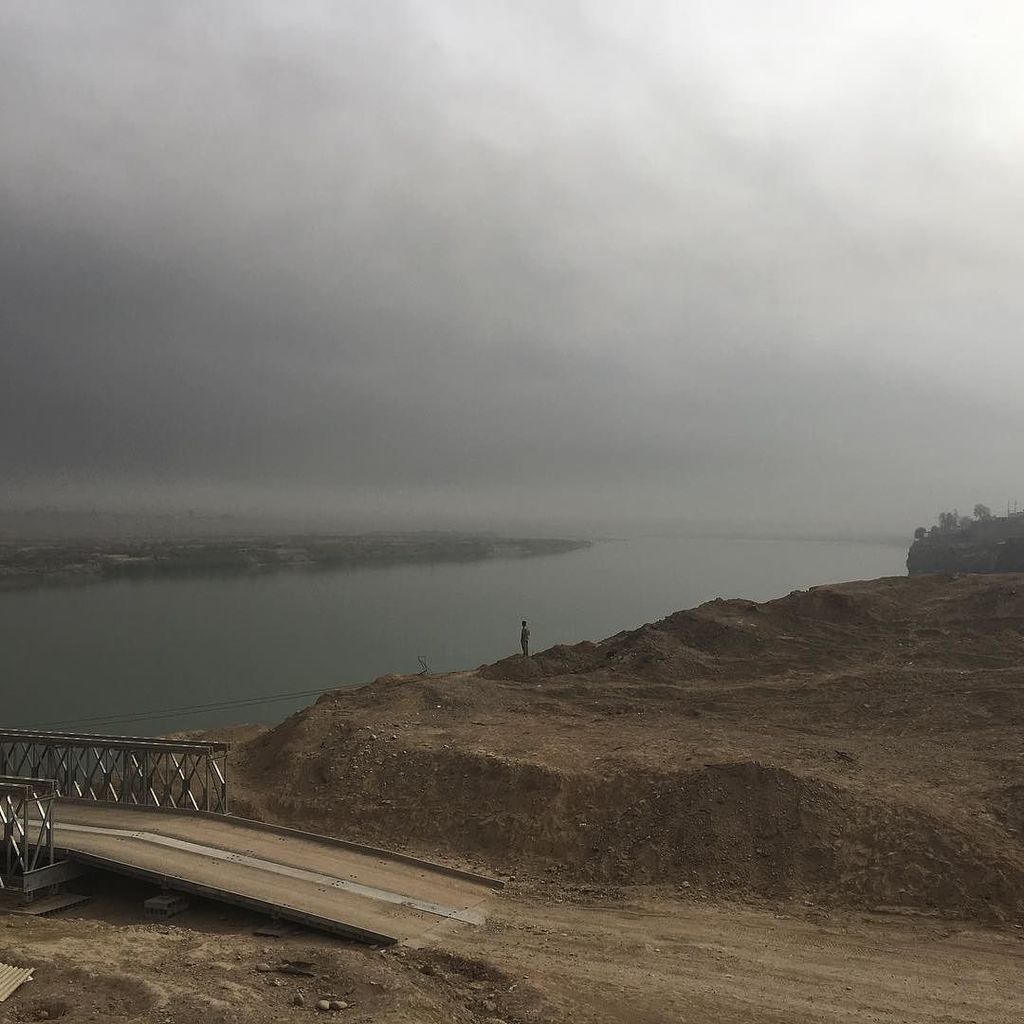
The Tigris, #mosul #iraq: image via Marko Drobnjakovic @xmd101, 10 November 2016
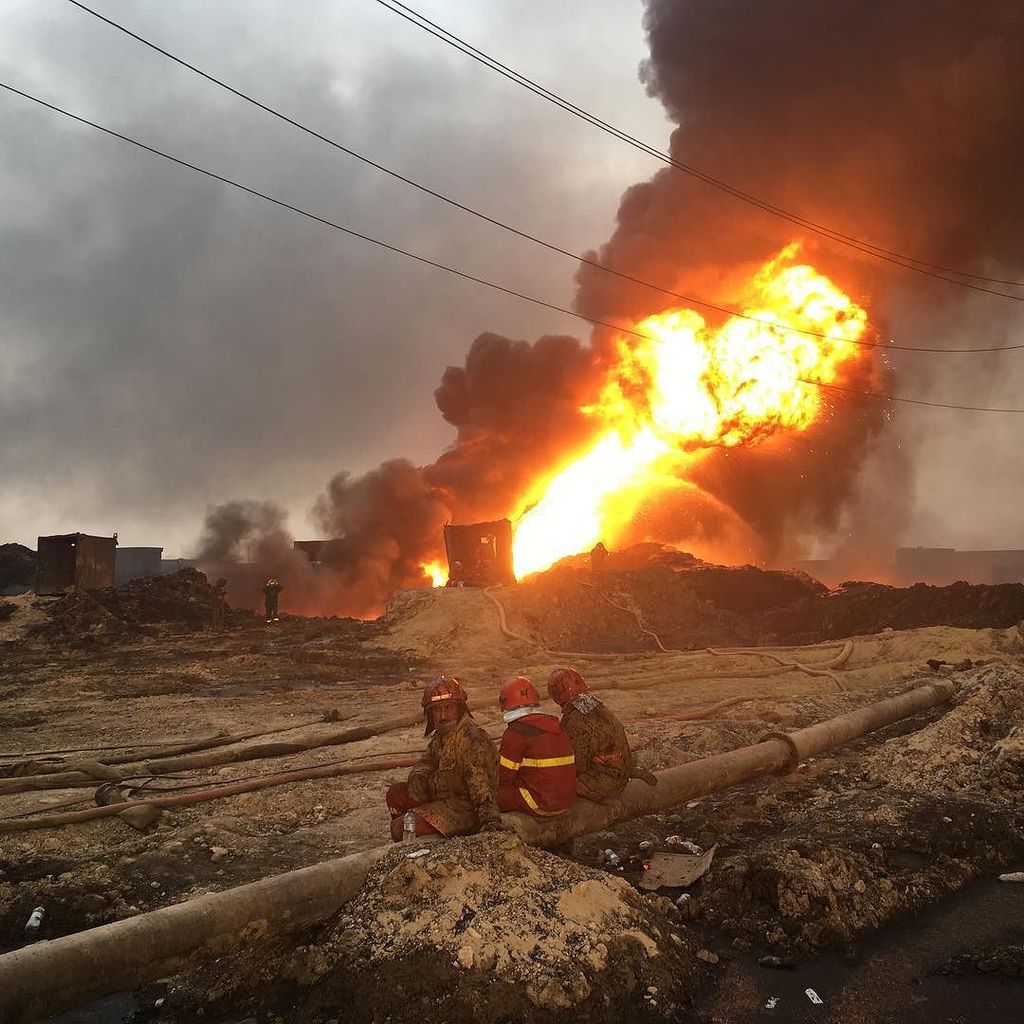
Ad infinitum, #qayara #mosul #iraq: image via Marko Drobnjakovic @xmd101, 9 November 2016
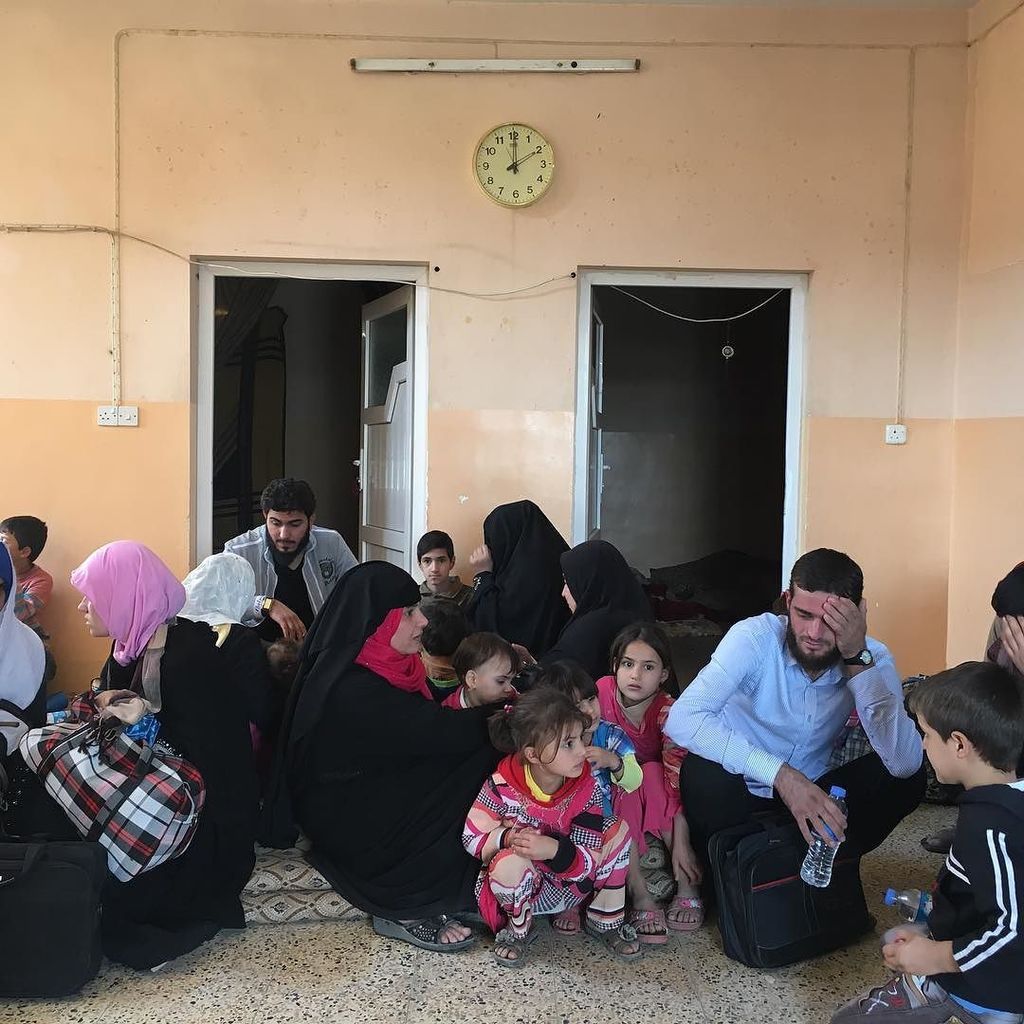
Sheltering from mortars, #mosul #iraq: image via Marko Drobnjakovic @xmd101, 8 November 2016
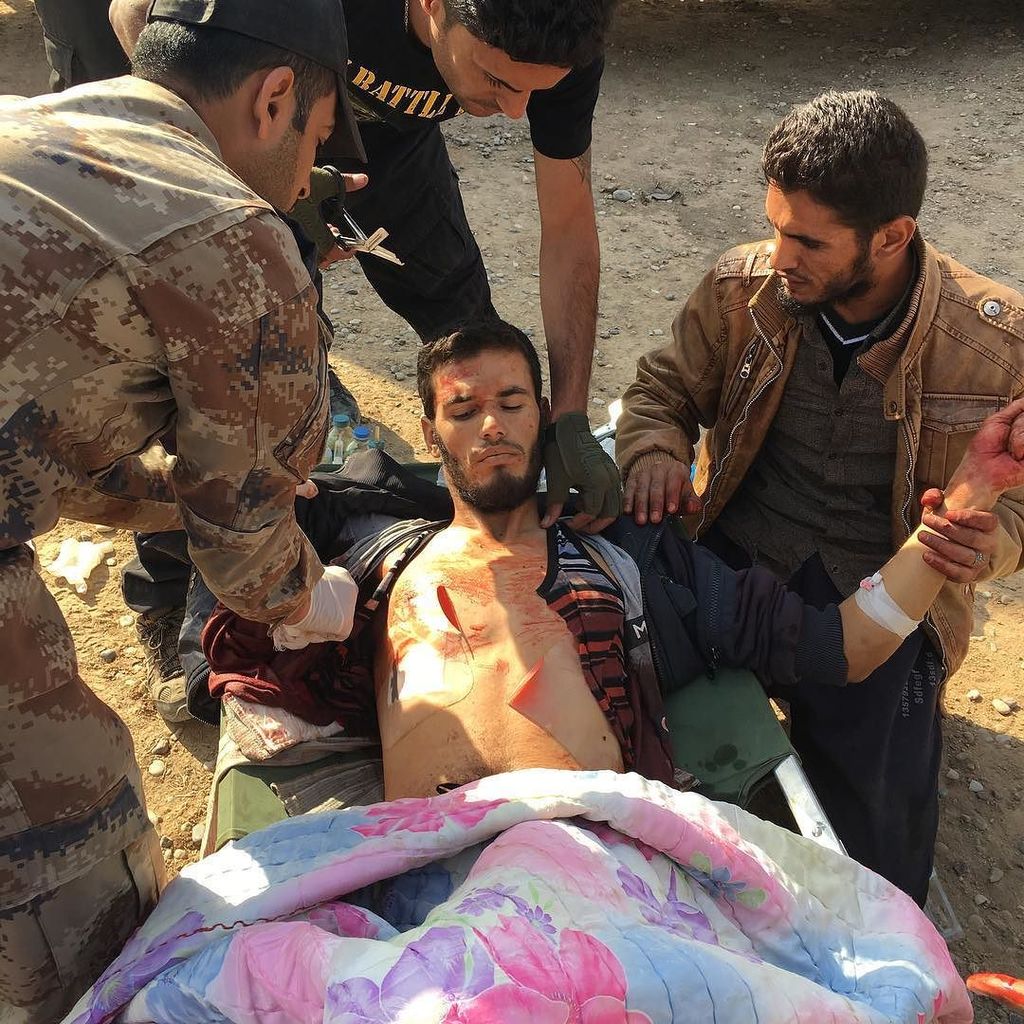
Field hospital, #mosul #iraq: image via Marko Drobnjakovic @xmd101, 6 November 2016
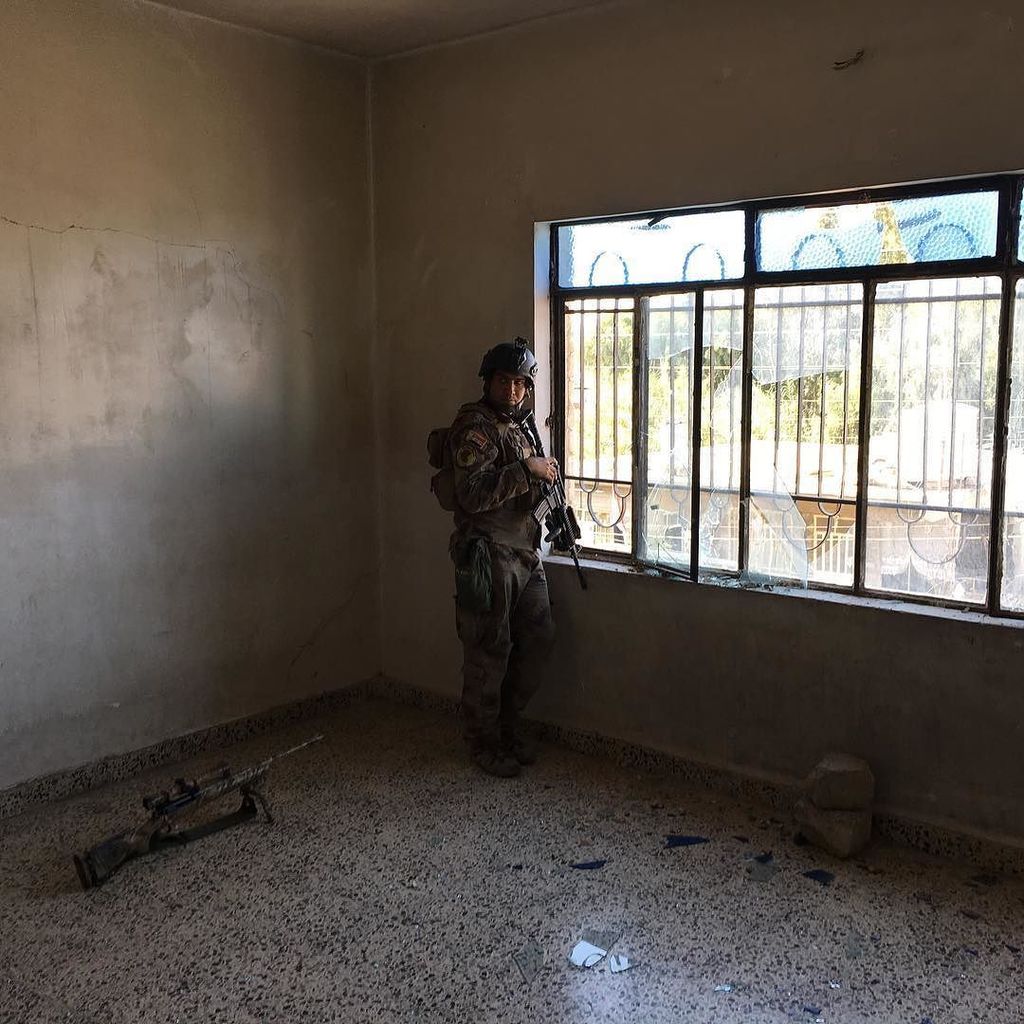
Complicata profunda, #mosul #iraq: image via Marko Drobnjakovic @xmd101, 4 November 2016
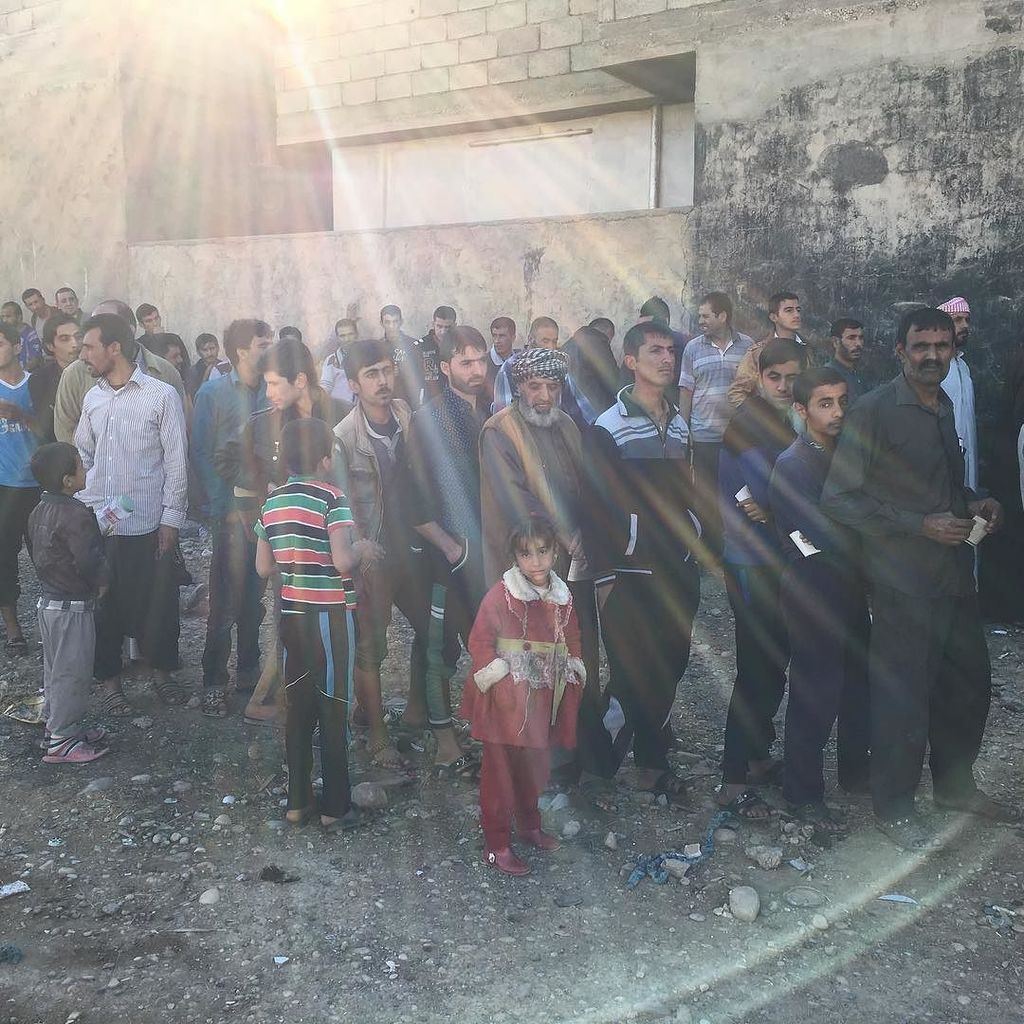
Displaced, #mosul #iraq: image via Marko Drobnjakovic @xmd101, 3 November 2016
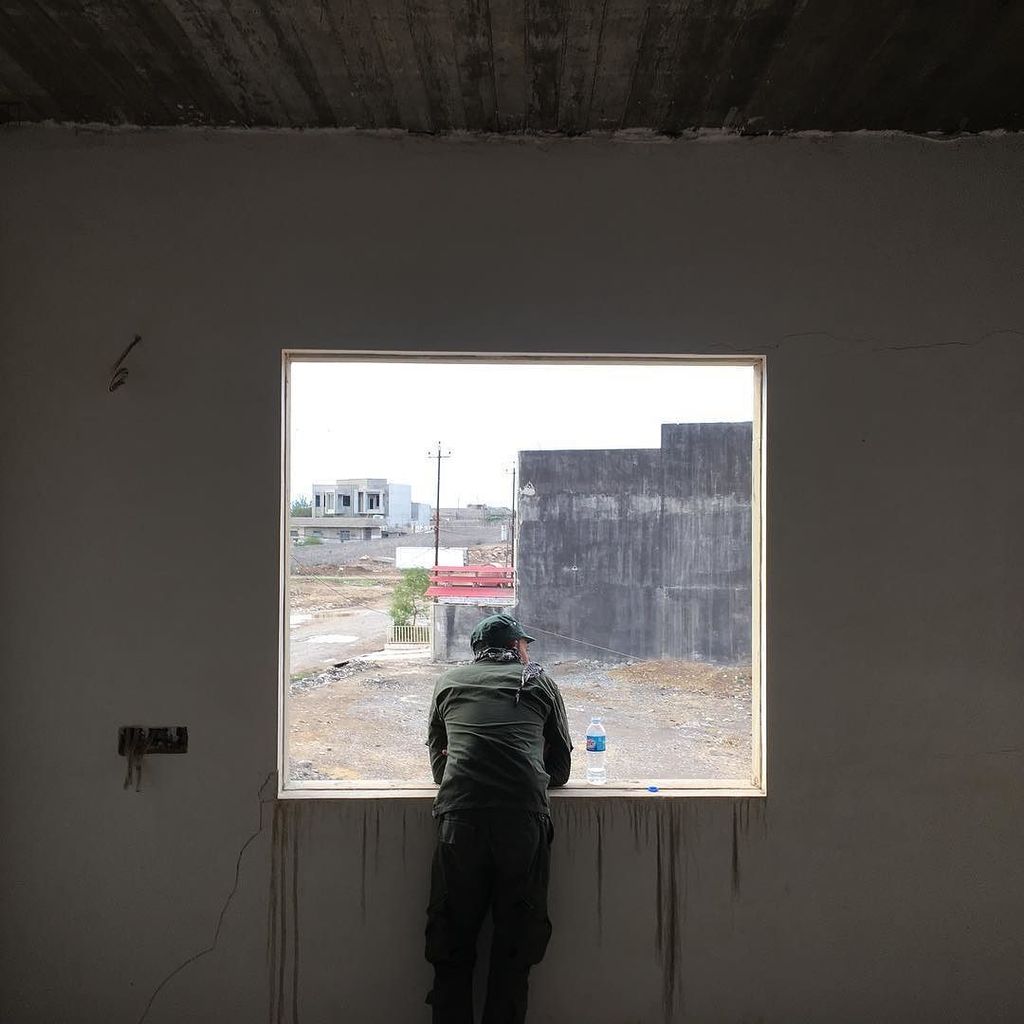
Outskirts of Mosul, #mosul #iraq: image via Marko Drobnjakovic @xmd101, 2 November 2016
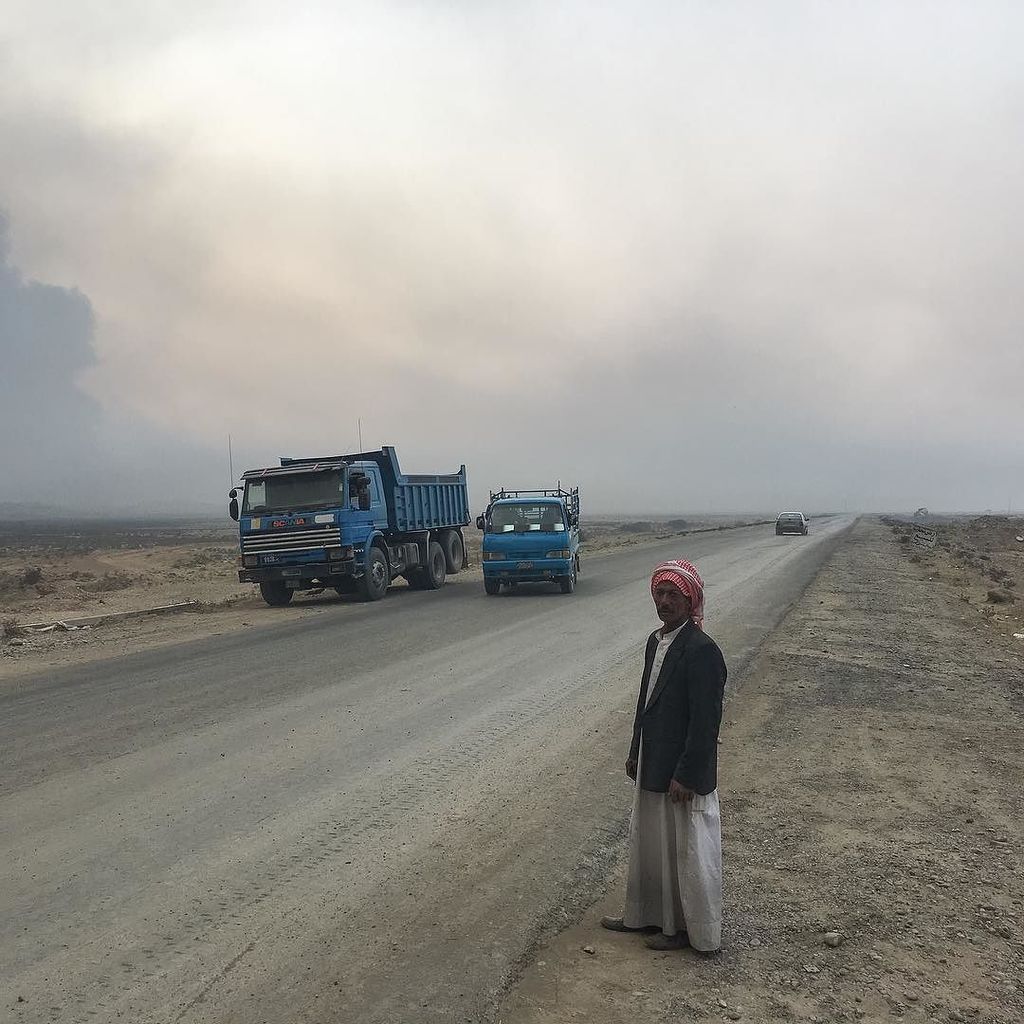
Hitch hiker, #mosul #iraq: image via Marko Drobnjakovic @xmd101, 30 October 2016
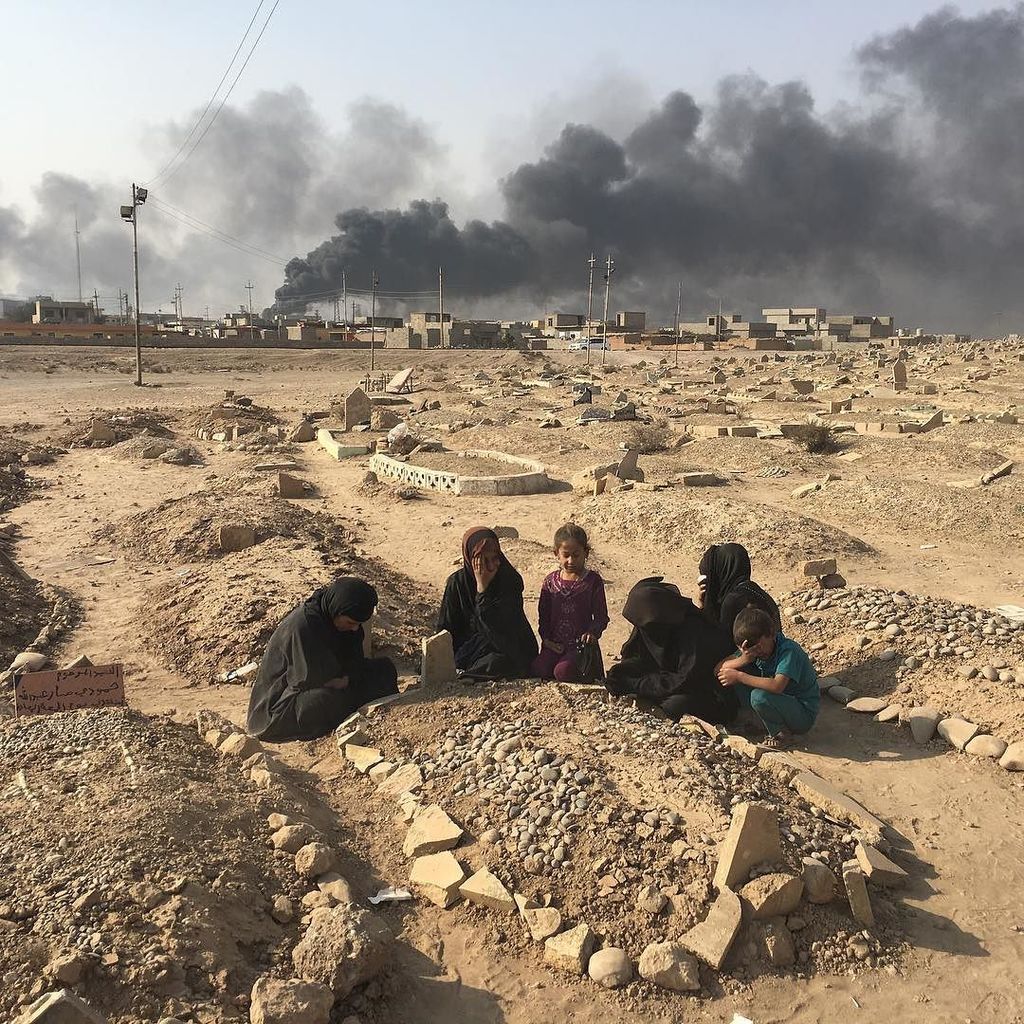
A graveyard, #qayara, #mosul #iraq: image via Marko Drobnjakovic @xmd101, 29 October 2016
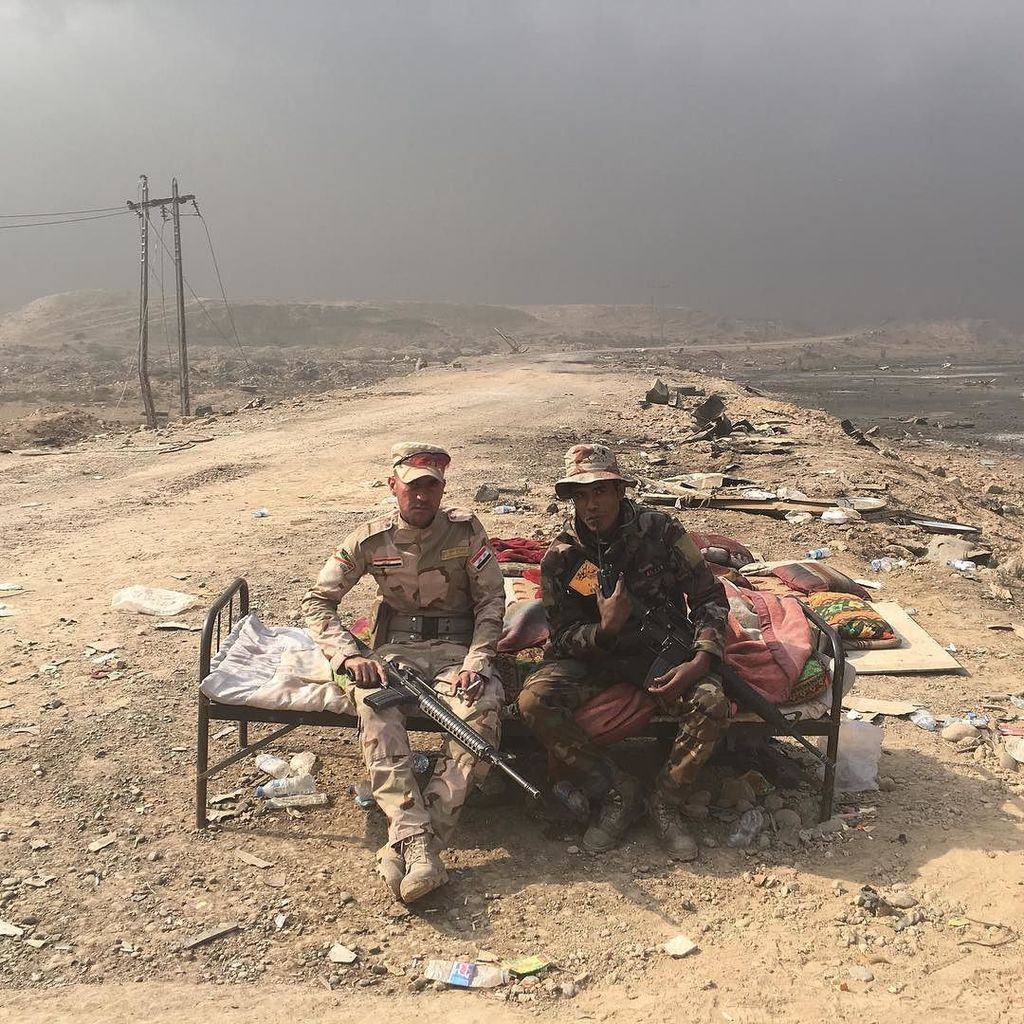
Checkpoints, #qayara, #mosul #iraq: image via Marko Drobnjakovic @xmd101, 27 October 2016
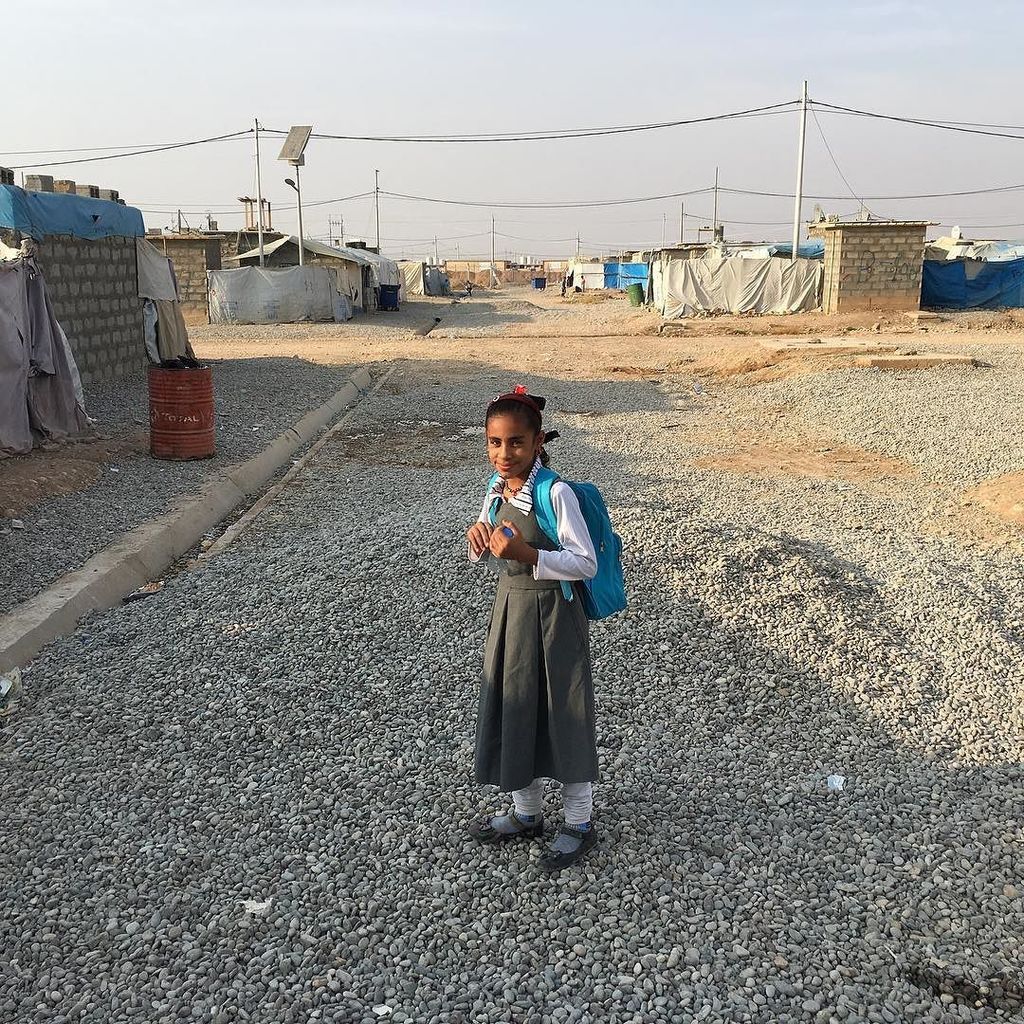
What a beauty, #baharka #kurdistan #iraq: image via Marko Drobnjakovic @xmd101, 25 October 2016
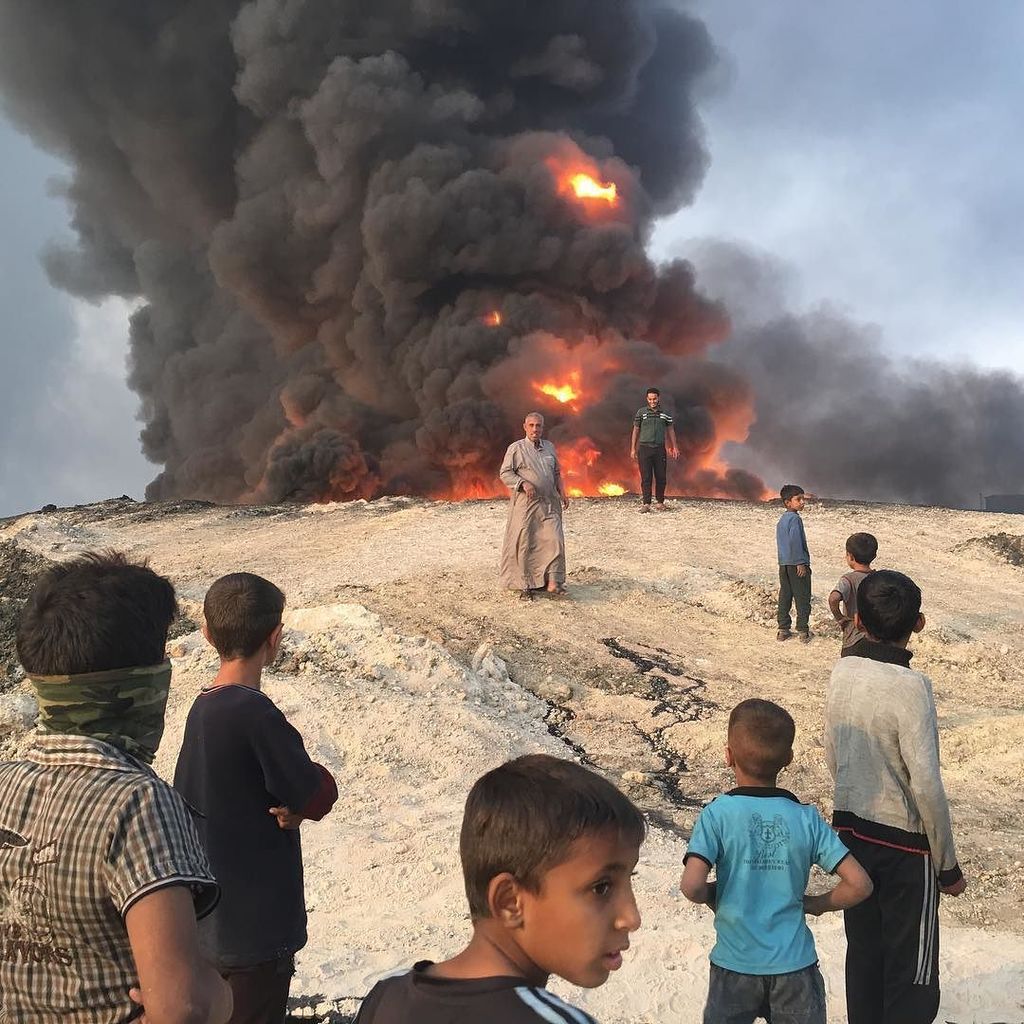
Qayara, #mosul #iraq: image via Marko Drobnjakovic @xmd101, 24 October 2016
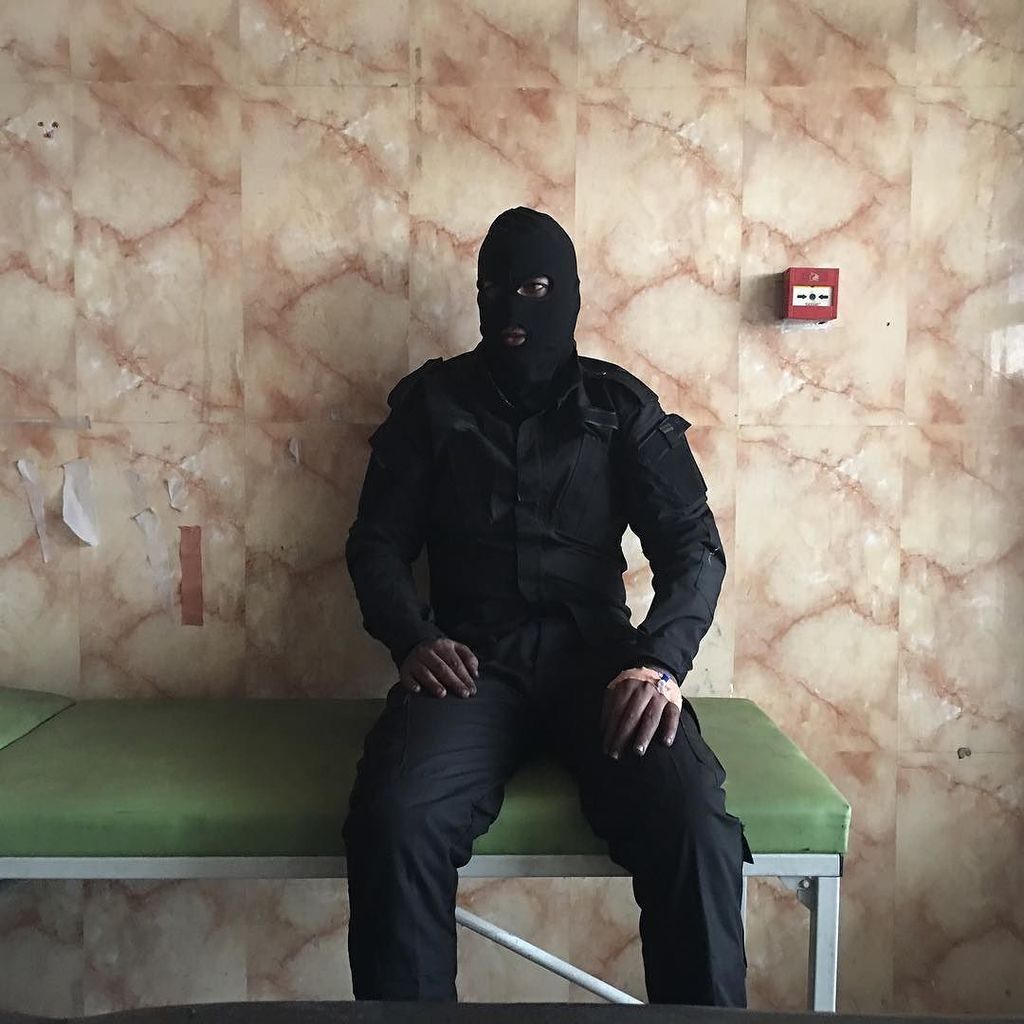
Hospital ward, #qayara, #mosul #iraq: image via Marko Drobnjakovic @xmd101, 23 October 2016

Wedding interrupted, #bartella, #qayara, #mosul #iraq: image via Marko Drobnjakovic @xmd101, 22 October 2016
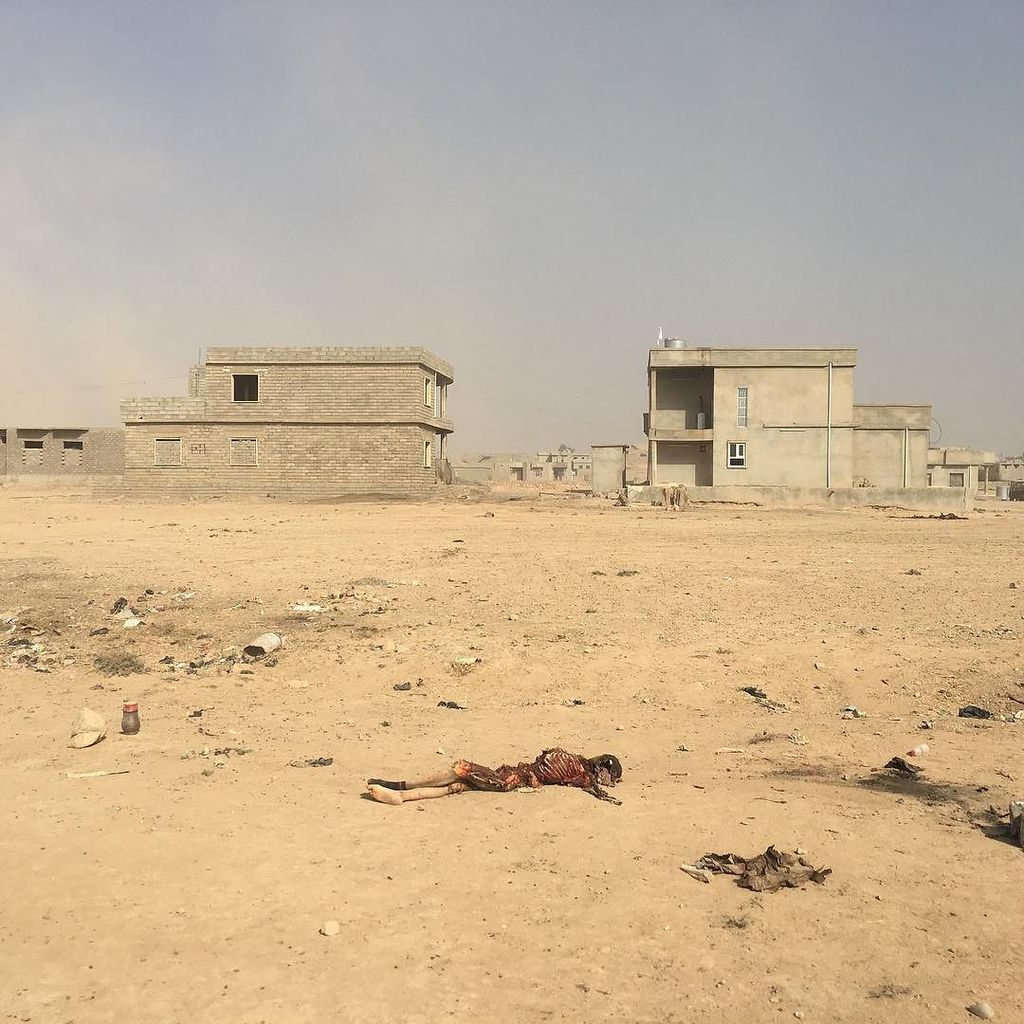
Daesh, #qayyarah, #mosul #iraq: image via Marko Drobnjakovic @xmd101, 21 October 2016
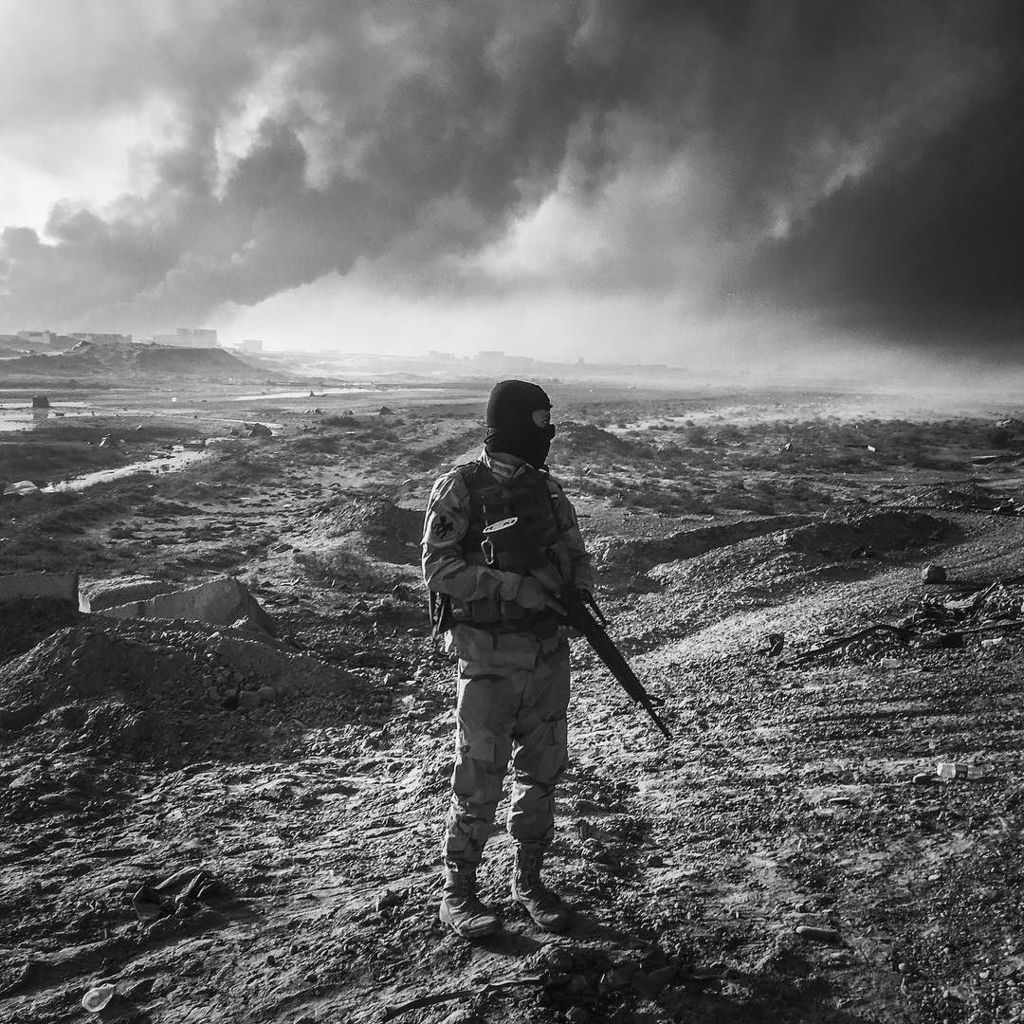
Oil wells, #qayyarah, #mosul #iraq: image via Marko Drobnjakovic @xmd101, 19 October 2016
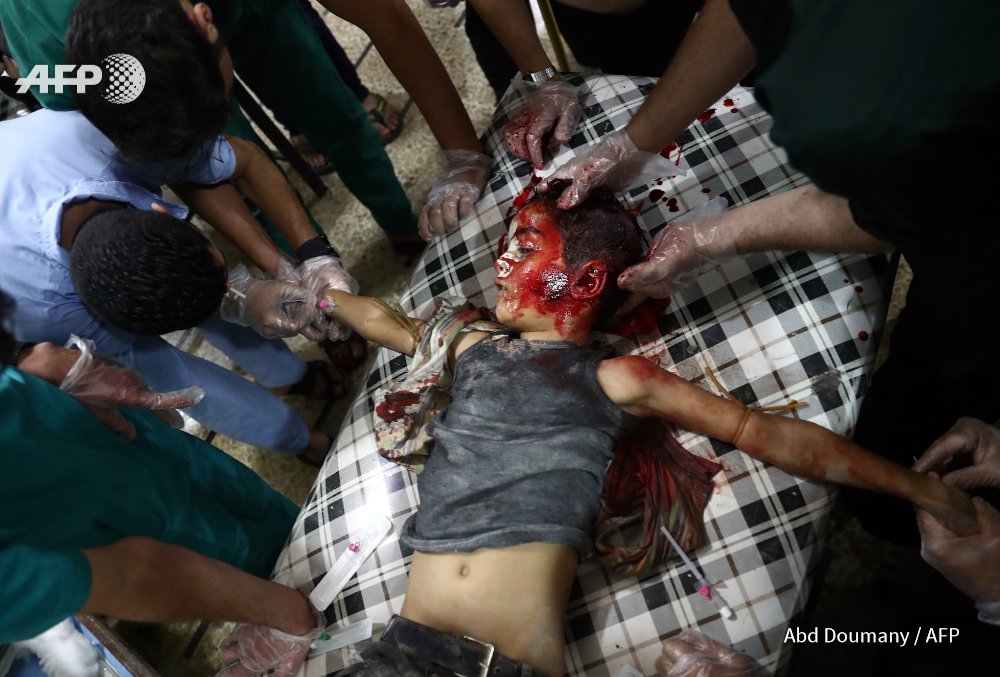
Congratulations to @AFP photographer @AbdDoumany for his 3rd Prize Spot News in "2016 @atlantaseminar Contest": image via Frédérique Geffard @fgeffardAFP, 13 November 2016
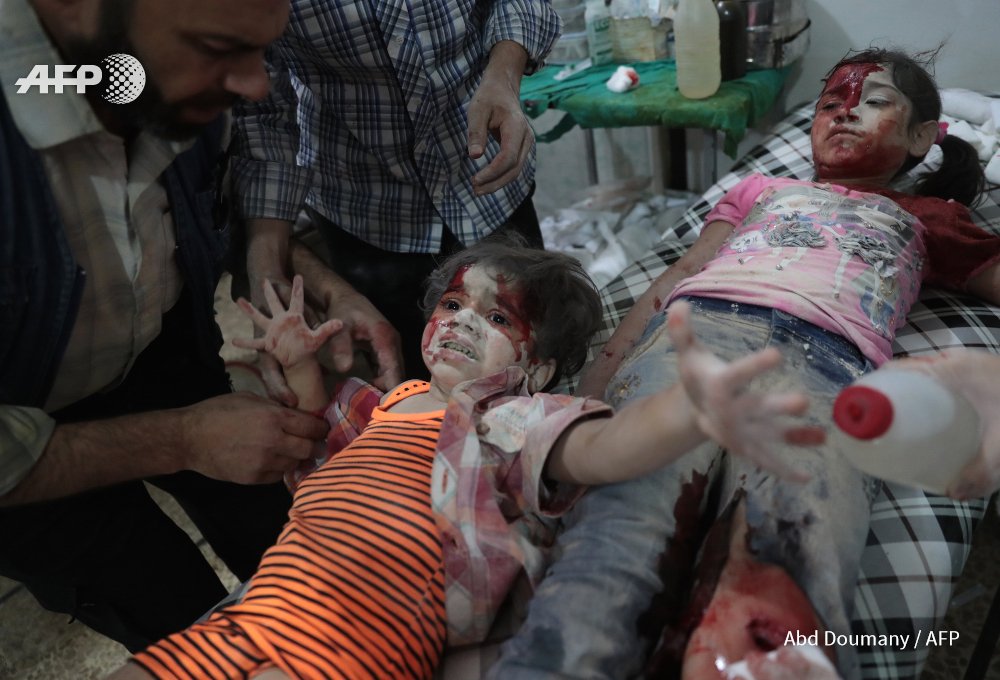
Congratulations to @AFP photographer @AbdDoumany for his Honorable Mention News Picture Story 3rd Prize Spot News in "2016 @atlantaseminar Contest": image via Frédérique Geffard @fgeffardAFP, 13 November 2016

Congratulations to @AFP photographer @herime23 for his Honorable Mention News Picture Story in "2016 @atlantaseminar Contest": image via Frédérique Geffard @fgeffardAFP, 13 November 2016
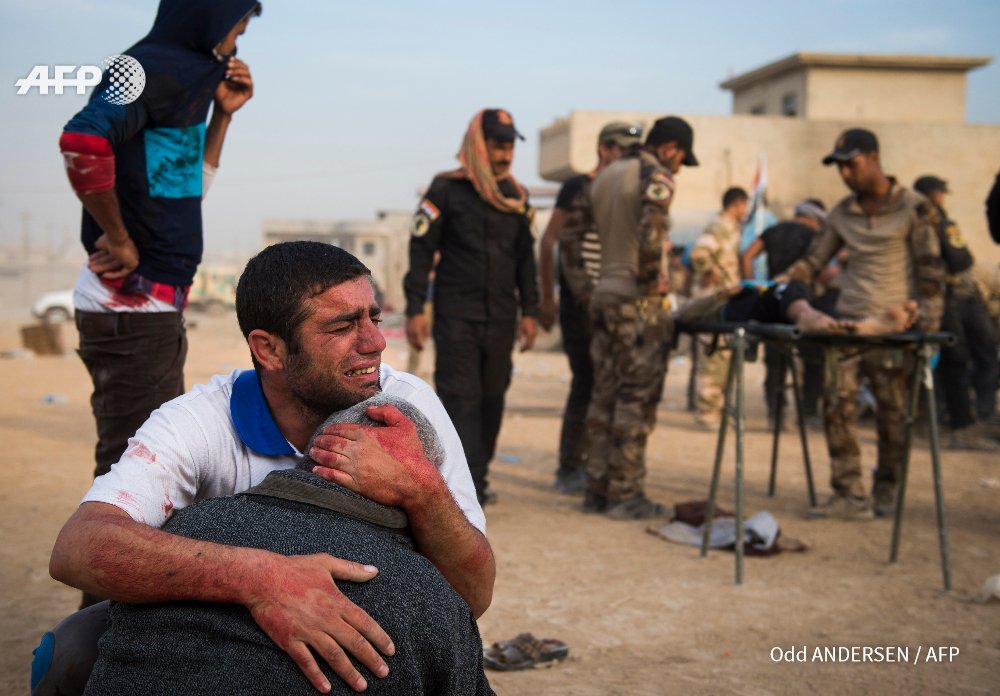
IRAQ - Father and grandfather of 15-year-old boy mourn as Iraqi forces surround his body at an outdoor field clinic in Mosul. By @odd_andersen: image via Frédérique Geffard @fgeffardAFP, 13 November 2016
![Spoiled Americans now want to flee what they created Hillary Clinton supporters watch election returns at the election night rally in New York [Reuters]](https://lh3.googleusercontent.com/blogger_img_proxy/AEn0k_s96mqd5PNxkQXDbg4lcfcnArjoG555_WIHYC5CS0fhtPjtJsHtVj_lirc73TBcX2Fb2eMkRw8cnNP2nJ5IMwkxhzZHNYQDWd6jWxmeXuHmnqQVc66M3uYfQr3hO9enAQtfzBj85l5O7_KxFgWGn_hMTKlA0ooV4NTFexr-1eaWpNztbRFXKB9U_DgI6Wh7R_1atDVjN7BtUAkC=s0-d)
Hillary Clinton supporters watch election returns at the election night rally in New York: photo by Reuters, 8 November 2016

Post-Trump Liberal Meltdown: Counseling, Cry-ins, Therapy Dogs and Poetry: image via David Icke Verified account @davidicke, 13 November 2016

What to do when #Election2016 sends days of planning down the drain? You save the shot. By Jewel Samad @AFP: image via AFP Correspondent @AFPblogs, 13 November 2016

Hillary's "chance" encounter with Margot Gerster not so chance. Here they are a few yrs back at a fundraiser the Margot's held for Hillary: image via Steven @StocksALotTEMP, 12 November 2016

My Nasty Women!!! America Ferrera and Amy Schumer: image via Lena Dunham @lenadunham, 5 November 2016

The Tigris, #mosul #iraq: image via Marko Drobnjakovic @xmd101, 10 November 2016

Ad infinitum, #qayara #mosul #iraq: image via Marko Drobnjakovic @xmd101, 9 November 2016

Sheltering from mortars, #mosul #iraq: image via Marko Drobnjakovic @xmd101, 8 November 2016

Field hospital, #mosul #iraq: image via Marko Drobnjakovic @xmd101, 6 November 2016

Complicata profunda, #mosul #iraq: image via Marko Drobnjakovic @xmd101, 4 November 2016

Displaced, #mosul #iraq: image via Marko Drobnjakovic @xmd101, 3 November 2016

Outskirts of Mosul, #mosul #iraq: image via Marko Drobnjakovic @xmd101, 2 November 2016

Hitch hiker, #mosul #iraq: image via Marko Drobnjakovic @xmd101, 30 October 2016

A graveyard, #qayara, #mosul #iraq: image via Marko Drobnjakovic @xmd101, 29 October 2016

Checkpoints, #qayara, #mosul #iraq: image via Marko Drobnjakovic @xmd101, 27 October 2016

What a beauty, #baharka #kurdistan #iraq: image via Marko Drobnjakovic @xmd101, 25 October 2016

Qayara, #mosul #iraq: image via Marko Drobnjakovic @xmd101, 24 October 2016

Hospital ward, #qayara, #mosul #iraq: image via Marko Drobnjakovic @xmd101, 23 October 2016

Wedding interrupted, #bartella, #qayara, #mosul #iraq: image via Marko Drobnjakovic @xmd101, 22 October 2016

Daesh, #qayyarah, #mosul #iraq: image via Marko Drobnjakovic @xmd101, 21 October 2016

Oil wells, #qayyarah, #mosul #iraq: image via Marko Drobnjakovic @xmd101, 19 October 2016

Congratulations to @AFP photographer @AbdDoumany for his 3rd Prize Spot News in "2016 @atlantaseminar Contest": image via Frédérique Geffard @fgeffardAFP, 13 November 2016

Congratulations to @AFP photographer @AbdDoumany for his Honorable Mention News Picture Story 3rd Prize Spot News in "2016 @atlantaseminar Contest": image via Frédérique Geffard @fgeffardAFP, 13 November 2016

Congratulations to @AFP photographer @herime23 for his Honorable Mention News Picture Story in "2016 @atlantaseminar Contest": image via Frédérique Geffard @fgeffardAFP, 13 November 2016

IRAQ - Father and grandfather of 15-year-old boy mourn as Iraqi forces surround his body at an outdoor field clinic in Mosul. By @odd_andersen: image via Frédérique Geffard @fgeffardAFP, 13 November 2016
Hillary Clinton supporters watch election returns at the election night rally in New York: photo by Reuters, 8 November 2016

Post-Trump Liberal Meltdown: Counseling, Cry-ins, Therapy Dogs and Poetry: image via David Icke Verified account @davidicke, 13 November 2016

What to do when #Election2016 sends days of planning down the drain? You save the shot. By Jewel Samad @AFP: image via AFP Correspondent @AFPblogs, 13 November 2016

Hillary's "chance" encounter with Margot Gerster not so chance. Here they are a few yrs back at a fundraiser the Margot's held for Hillary: image via Steven @StocksALotTEMP, 12 November 2016

My Nasty Women!!! America Ferrera and Amy Schumer: image via Lena Dunham @lenadunham, 5 November 2016
Residents stand on a burnt house after a fire in the residential district of Addition Hills in Mandaluyong, Metro Manila: photo by Erik De Castro/Reuters, 14 November 2016
Residents stand on a burnt house after a fire in the residential
district of Addition Hills in Mandaluyong, Metro Manila: photo by Erik De
Castro/Reuters, 14 November 2016
Julian
Assange’s cat sits at the window of Ecuador’s embassy as prosecutor
Ingrid Isgren from Sweden interviews Assange in London: photo by Peter Nicholls/Reuters, 14 November 2016

Julian Assange’s cat sits at the window of Ecuador’s embassy as prosecutor Ingrid Isgren from Sweden interviews Assange in London: photo by Peter Nicholls/Reuters, 14 November 2016
Julian Assange’s cat sits at the window of Ecuador’s embassy as prosecutor Ingrid Isgren from Sweden interviews Assange in London: photo by Peter Nicholls/Reuters, 14 November 2016
Syrian children ride a bicycle in the rebel-held town of Douma on the eastern outskirts of the capital Damascus. Douma, the largest town in the Eastern Ghouta area with more than 100,000 residents, is surrounded and regularly shelled by regime forces.: photo by Abd Doumany/AFP, 14 November 2016
Syrian children ride a bicycle in the rebel-held town of Douma on the eastern outskirts of the capital Damascus. Douma, the largest town in the Eastern Ghouta area with more than 100,000 residents, is surrounded and regularly shelled by regime forces.: photo by Abd Doumany/AFP, 14 November 2016

People look at a crater caused by a Saudi-led coalition air strike in the yard of a hospital operated by Medecins Sans Frontieres in the Abs district of Hajja province, Yemen. The airstrike reportedly killed 11 and wounded another 19 people.: photo by Abduljabbar Zeyad / Reuters, 16 August 2016

YEMEN - A man checks destruction at a food factory in Sanaa, after it was hit by coalition strike. By Mohammed Huwais: image via Frédérique Geffard @fgeffardAFP, 9 August 2016

YEMEN - A man clears debris from the ruins of a building in Sanaa after an air strike. By Mohammed Huwais: image via Frédérique Geffard @fgeffardAFP, 29 August 2016
A Yemeni artist sprays graffiti on a wall in protest against the ongoing conflict and the worsening economic situation in the war-affected country, in Sanaa, Yemen: photo by Yahya Arhab/ EPA, 21 October 2016
A Yemeni artist sprays graffiti on a wall in protest against the ongoing conflict and the worsening economic situation in the war-affected country, in Sanaa, Yemen: photo by Yahya Arhab/ EPA, 21 October 2016
A Yemeni walks past graffiti protesting US drone operations in Yemen, few hours after a US drone attack on suspected al-Qaeda militants: photo by Yahya Arhab/EPA, 5 September 2016
A Yemeni walks past graffiti protesting US drone operations in Yemen, few hours after a US drone attack on suspected al-Qaeda militants: photo by Yahya Arhab/EPA, 5 September 2016

YEMEN - Smoke billows following a reported airstrike carried out by Saudi-led coalition in Sanaa. By Mohammed Huwais: image via Frédérique Geffard @fgeffardAFP, 14 September 2016

A medic attends to a man wounded in airstrikes in Yemen on Sunday: photo by Abduljabbar Zeyad/Reuters, 2 November 2016

.
A medic attends to a man wounded in airstrikes in Yemen on Sunday: photo by Abduljabbar Zeyad/Reuters, 2 November 2016

YEMEN - A man stands at the site of an air raid on a funeral ceremony that killed 140 people and wounded 525. By Mohammed Huwais #AFP: image via Frédérique Geffard @fgeffardAFP, 24 October 2016

Hillary Clinton walks to a podium on Monday at the airport in White Plains, where she discussed the bombings in New York and New Jersey. “I’ve been clear, we’re going after the bad guys and we’re going to get them,” she said.: photo by Stephen Crowley/The New York Times, 23 September 2016

Hillary Clinton walks to a podium on Monday at the airport in White Plains, where she discussed the bombings in New York and New Jersey. “I’ve been clear, we’re going after the bad guys and we’re going to get them,” she said.: photo by Stephen Crowley/The New York Times, 23 September 2016

A man stands among the remains of a factory after airstrikes by the Saudi-led coalition in Hodeida, Yemen, on Thursday. The airstrikes killed 18 civilians, a Yemeni official said.: photo by Hani Mohammed/Associated Press, 23 September 2016

A man stands among the remains of a factory after airstrikes by the Saudi-led coalition in Hodeida, Yemen, on Thursday. The airstrikes killed 18 civilians, a Yemeni official said.: photo by Hani Mohammed/Associated Press, 23 September 2016

A house in Sana destroyed by a Saudi-led coalition airstrike last year: photo by Yahya Arhab/European Pressphoto Agency, 15 October 2016

A house in Sana destroyed by a Saudi-led coalition airstrike last year: photo by Yahya Arhab/European Pressphoto Agency, 15 October 2016

Houthi fighters in Sana last year: photo by Tyler Hicks/The New York Times, 15 October 2016
 .
.Houthi fighters in Sana last year: photo by Tyler Hicks/The New York Times, 15 October 2016
An armed woman loyal to the Houthi movement holds a rifle as she takes part in a parade to show support for the movement in Sanaa, Yemen: photo by Khaled Abdullah/Reuters, 6 September 2016
An armed woman loyal to the Houthi movement holds a rifle as she takes part in a parade to show support for the movement in Sanaa, Yemen: photo by Khaled Abdullah/Reuters, 6 September 2016

Armed women loyal to Yemen's Houthi brandish weapons during a parade in Sanaa: image via Reuters Pictures @reuterspictures, 6 September 2016

Armed women loyal to Yemen's Houthi brandish weapons during a parade in Sanaa: image via Reuters Pictures @reuterspictures, 6 September 2016

Armed women loyal to Yemen's Houthi brandish weapons during a parade in Sanaa: image via Reuters Pictures @reuterspictures, 6 September 2016

Armed women loyal to Yemen's Houthi brandish weapons during a parade in Sanaa: image via Reuters Pictures @reuterspictures, 6 September 2016

A funeral home in Sana bombed last week: photo by Yahya Arhab/European Pressphoto Agency, 15 October 2016

A funeral home in Sana bombed last week: photo by Yahya Arhab/European Pressphoto Agency, 15 October 2016

Food packages in Sana in December: photo by Yahya Arhab/European Pressphoto Agency, 15 October 2016

Food packages in Sana in December: photo by Yahya Arhab/European Pressphoto Agency, 15 October 2016
Saudi’s Exploding Christmas Gifts from Hillary Clinton

Saudi's Explosive Christmas Gifts from Hillary Clinton: Medea Benjamin, CodePink co-founder and Rebecca Green, CodePink D.C. office coordinator, Code Pink, 3 March 2016
As
Hillary Clinton emerges as the front-runner for the Democratic Party’s
presidential candidate, she is receiving increased scrutiny for her
years as Secretary of State. Many are criticizing her hawkish foreign
policy, which is the best indication of what President Hillary’s foreign
policy would be, with many focusing on her long relationship with Saudi
Arabia.
On Christmas Eve in 2011, Hillary Clinton and her closest aides celebrated a $29.4 billion sale of over 80 F-15 fighter jets, manufactured by U.S.-based Boeing Corporation, to Saudi Arabia. In a chain of enthusiastic emails, an aide exclaimed that it was “not a bad Christmas present.”
These are the very fighter jets the Saudis have been using to intervene in the internal affairs of Yemen since March 2015. A year later, at least 2,800 Yemeni civilians have been killed, mostly by airstrikes -- and there is no end in sight. The indiscriminate Saudi strikes have killed journalists and ambulance drivers. They have hit the Chamber of Commerce, facilities supported by Médecins Sans Frontières (also known as Doctors Without Borders), a wedding hall, and a center for the blind. The attacks have also targeted ancient heritage sites in Yemen. International human rights organizations are saying that the Saudi-led strikes on Yemen may amount to war crimes.
During her tenure as Secretary of State, Hillary Clinton made weapons transfers to the Saudi government a “top priority,” according to a new report published in The Intercept. While Clinton’s State Department was deeply invested in getting weapons to Saudi Arabia, the Clinton Foundation accepted millions of dollars in donations from both the Kingdom of Saudi Arabia and the weapons manufacturer Boeing. Christmas presents were being gifted all around.
Despite the brutal attacks on Yemen and egregious domestic human rights violations, Saudi Arabia remains the number one U.S. ally in the Arab world. While the original U.S. interest was to secure Saudi’s vast oil reserves, today only 10% of oil used in the United States comes from the Kingdom. U.S. dependence on Saudi oil has been superseded by U.S. dependence on weapons sales. The most recent Saudi weapons deal was made in November 2015, a deal worth $1.29 billion that included 22,000 smart and general purpose bombs, and over 5,000 Joint Direct Attack Munitions kits to convert older bombs into precision-guided weapons using GPS signals. The Pentagon’s Defense Security Cooperation Agency justified the sales, saying they helped “sustain strong military-to-military relationships between the United States and Saudi Arabia.”
It’s hard to exaggerate the enormity and high-tech nature of Saudi weapons purchases; the sales in the decade of 2010 constitute the most enormous military sales in history. According to a White House press release in 2014, “The Kingdom of Saudi Arabia is the largest U.S. Foreign Military Sales customer, with active and open cases valued at approximately $97 billion, as Saudi forces build capabilities across the full spectrum of regional challenges.” The weapons include F-15 bombers, Apache and Blackhawk helicopters, missile defense systems, missiles, bombs, armored vehicles, and related equipment and services. Weapons manufacturers such as Boeing, Raytheon, Lockheed Martin, General Dynamics and McDonnell Douglas have been unapologetically pushing these sales to offset military spending cuts in the United States and Europe.
While the U.S. government continues to provide massive amounts of weapons to Saudi, on February 25 the European Union took the extraordinary step of voting for an EU-wide arms embargo to Saudi Arabia; while non-binding, it is a powerful statement that will put pressure on all European governments.
Already, government committees in England have urged Prime Minister David Cameron to suspend arms sales to Saudi Arabia; Germany has pledged to review all future arms sales to the Kingdom; and in Belgium the government has denied an export license to ship weapons to the country. Canadian activists are also pressuring their government in light of Canada’s $15 billion transaction with Riyadh for weaponized armored vehicles, the biggest manufacturing export deal ever struck in Canada.
U.S. activists must follow the example of our European allies and
demand that our government stop supplying the Saudi rulers with weapons
to bomb civilians in Yemen and repress its own citizens.

A Yemeni man covered a charred body in what was left of a building destroyed by airstrikes on Saturday: photo by Mohammed Huwais/Agence France-Presse, 8 October 2016

A Yemeni man covered a charred body in what was left of a building destroyed by airstrikes on Saturday: photo by Mohammed Huwais/Agence France-Presse, 8 October 2016

The destruction on Saturday after Saudi-led air strikes in Sana, Yemen. The city’s hospitals were so overwhelmed that the Health Ministry broadcast pleas on radio stations to summon off-duty doctors to help.: photo by. Mohammed Huwais/Agence France-Presse, 8 October 2016

The destruction on Saturday after Saudi-led air strikes in Sana, Yemen. The city’s hospitals were so overwhelmed that the Health Ministry broadcast pleas on radio stations to summon off-duty doctors to help.: photo by. Mohammed Huwais/Agence France-Presse, 8 October 2016

Yemen ex-president urges attack on Saudi Arabia after air strike: image via Reuters Top News @Reuters, 9 October 2016

The cultural center in Hajjah was destroyed last year: photo by Tyler Hicks/The New York Times, 13 November 2016


.
The cultural center in Hajjah was destroyed last year: photo by Tyler Hicks/The New York Times, 13 November 2016
The cultural center in Hajjah was destroyed last year: photo by Tyler Hicks/The New York Times, 13 November 2016

Sana’s Old City, where rebels were in control. The Saudi-led coalition has targeted civilian infrastructure from the air: photo by Tyler Hicks/The New York Times, 13 November 2016

Sana’s Old City, where rebels were in control. The Saudi-led coalition has targeted civilian infrastructure from the air: photo by Tyler Hicks/The New York Times, 13 November 2016

Sana’s Old City, where rebels were in control. The Saudi-led coalition has targeted civilian infrastructure from the air: photo by Tyler Hicks/The New York Times, 13 November 2016

A camp of displaced Yemenis in the town of Khamer last month. International groups have struggled to get them aid.: photo by Tyler Hicks/The New York Times, 13 November 2016

A camp of displaced Yemenis in the town of Khamer last month. International groups have struggled to get them aid.: photo by Tyler Hicks/The New York Times, 13 November 2016

A patient at Al-Salam Hospital in Amran, Yemen. The effects of the war are seen everywhere in the country.: photo by Tyler Hicks/The New York Times, 13 November 2016

A patient at Al-Salam Hospital in Amran, Yemen. The effects of the war are seen everywhere in the country.: photo by Tyler Hicks/The New York Times, 13 November 2016

Yemeni refugees in Khamer, northwest of the capital, Sana: photo by Tyler Hicks/The New York Times, 13 November 2016

Yemeni refugees in Khamer, northwest of the capital, Sana: photo by Tyler Hicks/The New York Times, 13 November 2016

The ancient hilltop town of Kawkaban, a draw for tourists and Yemeni families before it was bombed: photo by Tyler Hicks/The New York Times, 13 November 2016

The ancient hilltop town of Kawkaban, a draw for tourists and Yemeni families before it was bombed: photo by Tyler Hicks/The New York Times, 13 November 2016

The American-made CBU 58A/B, the cluster bomb that struck the neighborhood in Sanaa, Yemen, contains about 650 bomblets. Its remnants are now at a police compound.: photo by Sudarsan Raghavan/The Washington Post, 10 July 2016
A cluster bomb made in America shattered lives in Yemen’s capital: Sudarsan Raghavan, The Washington Post, 10 July 2016
SANAA, Yemen —
The 15-year-old boy had entered his neighborhood mosque to attend
morning prayers. The bakery worker was asleep in his attic apartment
with his wife and child. And the civil servant was getting ready for
work.
At that moment, a warplane from a coalition led by Saudi Arabia dropped an American-made cluster bomb over their densely packed enclave. The device, banned by scores of countries but not the United States or Saudi Arabia, sent explosive spheres the size of baseballs raining down.
The civil servant miraculously escaped death. The bakery worker was severely injured.
The teenager was killed.
The United States is playing a quiet but lethal role in the killing and wounding of thousands of civilians in Yemen's civil war. In recent years, Saudi Arabia has purchased U.S. fighter jets and other American-made weapons in deals worth billions of dollars, and the Pentagon has provided the coalition with training, aerial refueling support and intelligence as it attacks targets in Yemen.
White House press secretary Josh Earnest has defended the Obama administration’s backing of Saudi Arabia and the other members of the coalition, calling them “effective national security partners.”
But
criticism is growing over the U.S. involvement in the war. Human rights
groups and some American lawmakers have urged a ban on weapons
transfers to Saudi Arabia, saying the airstrikes have had a devastating
impact on civilians and have violated international laws.
The kingdom has denied targeting civilian areas and has called U.N. estimates of casualties from airstrikes exaggerated.
In late May, though, reports surfaced that the White House had quietly blocked the transfer of more cluster bombs to Riyadh in apparent concern about the humanitarian toll. But Congress last month voted to continue selling the weapons to the kingdom, citing a desire not to “stigmatize” the munitions. In any case, the Saudis are widely believed to possess significant amounts of cluster munitions, including some manufactured by Britain, according to human rights groups and military analysts.
Washington’s support has had unintended consequences. In a nation that is a front line in the war against terrorism, animosity toward the United States has increased.
On that Jan. 6 morning, the cluster bomb tore apart a community, and its victims are still grappling with the fallout.
“No one knows why our area was targeted,” Taher al-Khadami, the imam of the mosque, said on a recent day.
He pointed at a spot on the ground inside the mosque, steps away from the gate.
That’s where he found Essa al-Furasi. The lanky teen loved soccer so much that he wore a T-shirt emblazoned with the logo of his favorite team, Real Madrid, to sunrise prayer. As he entered the compound, shrapnel pierced the gate and struck his back and sides.
“We heard the explosions, and when we came out Essa was lying on the ground,” the imam recalled. “I carried his body to the car. I felt the blood coming out, but he was still breathing.”
Essa died upon arriving at the hospital.
A few blocks away in a poor area with crumbling buildings, fragments of the cluster bomb tore through the corrugated tin roof of Shakir Ghaleb Ahmad’s attic apartment.
“I woke up and saw blood all over me,” the bakery worker recalled.
Asleep in another room, his 3-year-old daughter and wife escaped harm.
Ahmad spent the next 15 days in a hospital bed after doctors removed the shrapnel that punctured his liver and lungs.
About a mile from the mosque, a large piece of the bomb struck the roof of a building next to Abdul Sabra’s house and dropped into his yard, shattering his windows. Months later, his voice still shook as he remembered that morning.
“All the glass fell on me and my wife,” the civil servant said. “It was as if Judgment Day had arrived.”
The bomb injured two more people, set 20 cars on fire and damaged 26 homes, according to police. In interviews, residents said there were no military fortifications, strategic buildings, or army units in their area.
“If the bomb had dropped around the time children were heading to school, it would have been a great catastrophe,” said Gen. Ahmed Abdullah al-Tahiri, the area’s police commander.
“These are the gifts of Saudi Arabia and America,” he declared as he looked at the remnants of the bomb that were being stored in his unit’s compound.
Cluster bombs have been deployed in conflicts including those in Vietnam, Iraq, Syria and Libya. So far, 119 nations have joined an international convention adopted in 2008 to ban their use.
The cluster bomb that struck the neighborhood in Sanaa was a CBU 58A/B, which contains about 650 bomblets in its dispenser. The markings on the body show that it was made in 1978 at the Milan Army Ammunition Plant in Tennessee, according to the watchdog group Human Rights Watch.
Saudi military spokesman Brig. Gen. Ahmed al-Asiri alleged that Yemen’s Houthi rebels fabricate munitions to resemble cluster bombs.
Saudi Arabia intervened in the war after the Shiite rebels ousted Yemen’s U.S.- and Saudi-backed government last year. The rebels are widely thought to be backed by Iran, Saudi Arabia’s rival in the region.
As the Obama administration signed a nuclear agreement with Iran last year, triggering Saudi concerns, U.S. support in Yemen reassured the kingdom of their long-standing ties.
Washington also hopes to contain al-Qaeda’s Yemen branch, considered by U.S. officials as the most dangerous affiliate.
On the streets of Sanaa, anti-American slogans are plastered on walls and billboards.
Graffiti depict U.S. bombs, missiles and fighter jets killing Yemenis.
Since the war erupted in March 2015, American-made cluster munitions have been dropped on or near civilian populations at least seven times, according to human rights groups.
Other American-supplied bombs have also targeted civilians. In March, two airstrikes killed at least 97 civilians, including 25 children, in a crowded market in the northwestern village of Mastaba, about 28 miles from the Saudi border.
Human Rights Watch investigators reported finding remnants of a satellite-guided bomb made up of American-supplied explosives and other U.S. parts.
Some victims of that attack remain hospitalized in hospitals in Sanaa and other cities.
Yusuf
Mohamed Ali Asir has had three operations on his legs. But the biggest
loss, he said, was not physical. His wedding was six days away when the
airstrike occurred. Now, the costs of the surgeries and stay in the
capital has depleted his savings.
“I can’t afford to pay for my marriage,” said Asir, his leg in a cast.
He was staying in a cheap hotel waiting for a fourth operation.
Sabra wants an explanation.
The irony, he said, is that he always liked the United States and its principles of democracy and human rights. Before the war, he rented out his villa to American tenants. He never joined those who chant “Death to America” in protests organized by the Houthis who now rule the capital.
Now, Sabra is angry.
“Of course, we are upset when a cluster bomb hits our house,” he said. “This is not a military base. Where is the human rights?”
Ahmad no longer works at the bakery. Pieces of shrapnel are still embedded in his body.
He takes painkillers daily.
“I can’t sit up straight,” he said. “I can’t even carry my daughter.”
Out of sympathy, his landlord reduced his rent, but the holes in the roof have not been fixed. Ahmad still has to borrow money from relatives and friends to pay the lesser sum.
He knows it won’t last, and so he’s preparing to move his family to their ancestral village.
“What have I done to Saudi Arabia and America?” he demanded. “I am sad and angry.”
Since Essa was killed, his father has been unable to sleep.
When his brother goes to his shop, there’s an emptiness because Essa is no longer there after school. “I feel like a part of my body has been lost,” Nidal al-Furasi said.
The teenager was buried in a cemetery near his family’s home. But even here he is unprotected.
Whenever it rains, the water floods his grave.
A man stands on a balcony of a building in Madrid as the moon rises in background: photo by Gerard Julien / AFP, 13 November 2016
A man stands on a balcony of a building in Madrid as the moon rises in background: photo by Gerard Julien / AFP, 13 November 2016
An extra-super super moon rises over El Segundo early Sunday evening. Tonight’s full moon appears bigger and brighter in the night sky than it has in nearly 70 years.: photo by Genaro Molina / Los Angeles Times, 13 November 2016
An extra-super super moon rises over El Segundo early Sunday evening. Tonight’s full moon appears bigger and brighter in the night sky than it has in nearly 70 years.: photo by Genaro Molina / Los Angeles Times, 13 November 2016
View of the church of Our Lady of Conception, with the moon during the brighter full moon phenomenon, when the moon will be closest to the earth in the past 70 years, in Vila Pouca de Aguiar, Northern Portugal: photo by Pedro Sarmento Costa / EPA, 13 November 2016
View of the church of Our Lady of Conception, with the moon during the brighter full moon phenomenon, when the moon will be closest to the earth in the past 70 years, in Vila Pouca de Aguiar, Northern Portugal: photo by Pedro Sarmento Costa / EPA, 13 November 2016
The moon rises behind a neon sign in Sacramento: photo by Rich Pedroncelli / Associated Press, 13 November 2016
The moon rises behind a neon sign in Sacramento: photo by Rich Pedroncelli / Associated Press, 13 November 2016
The moon rises beyond the University of Kansas campus in Lawrence, Kan.: photo by Orlin Wagner / Associated Press, 13 November 2016
The moon rises beyond the University of Kansas campus in Lawrence, Kan.: photo by Orlin Wagner / Associated Press, 13 November 2016
The moon rises beyond the Arch in St. Louis as seen from the Compton Hill Water Tower: photo by David Carson / Associated Press, 13 November 2016
The moon rises beyond the Arch in St. Louis as seen from the Compton Hill Water Tower: photo by David Carson / Associated Press, 13 November 2016
An artist displays a sword on the last day of Pushkar Fair, during which thousands of animals, mainly camels, are brought to the fair to be sold and traded, in the desert state of Rajasthan, India: photo by Himanshu Sharma/Reuters, 14 November 2016
An artist displays a sword on the last day of Pushkar Fair, during which thousands of animals, mainly camels, are brought to the fair to be sold and traded, in the desert state of Rajasthan, India: photo by Himanshu Sharma/Reuters, 14 November 2016

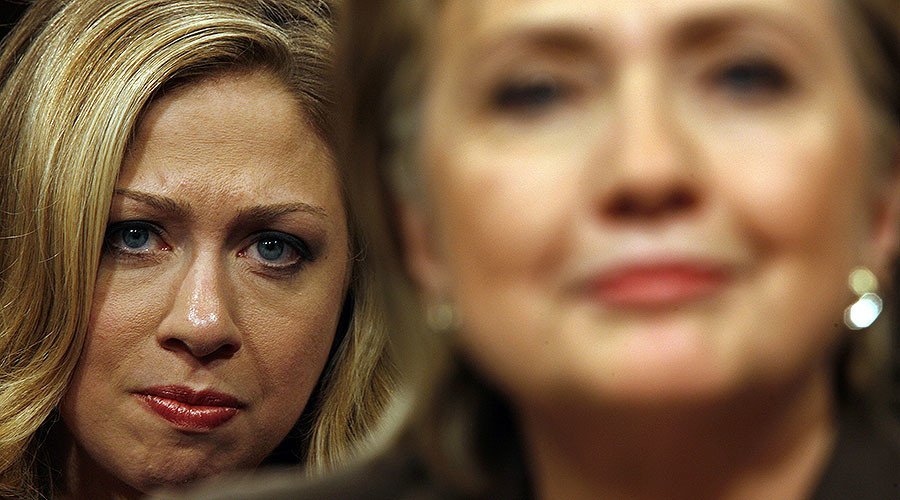




3 comments:
Look up, all ye downtrodden 'Muricans--it's revival meetin' time with plenty of pie in the sky!
Vassilis, That (BMR) was to be the title of his post, until it hit me that the song's really about gender theory. At least according to the 58.6% of listeners who have misheard the lyric (New York Times/ Facebook poll).
CCR: There's a bathroom on the right
The low-class (El Cerrito) repertoire of this local band has aged very well. A great CCR tribute album by many Spanish language artists is worth seeking out.
Mala Luna En Lanza / Bad Moon Rising: Ozomatli, from Quiero Creedence, 2016
BTW talking of malos tiempos... another terrific new CCR cover suggests something the raging drumpsreich blackshirts might do well to keep in mind (wait, what? mind?...).
Bang Data: Fortunate Son / Fortunate Hijo
Post a Comment